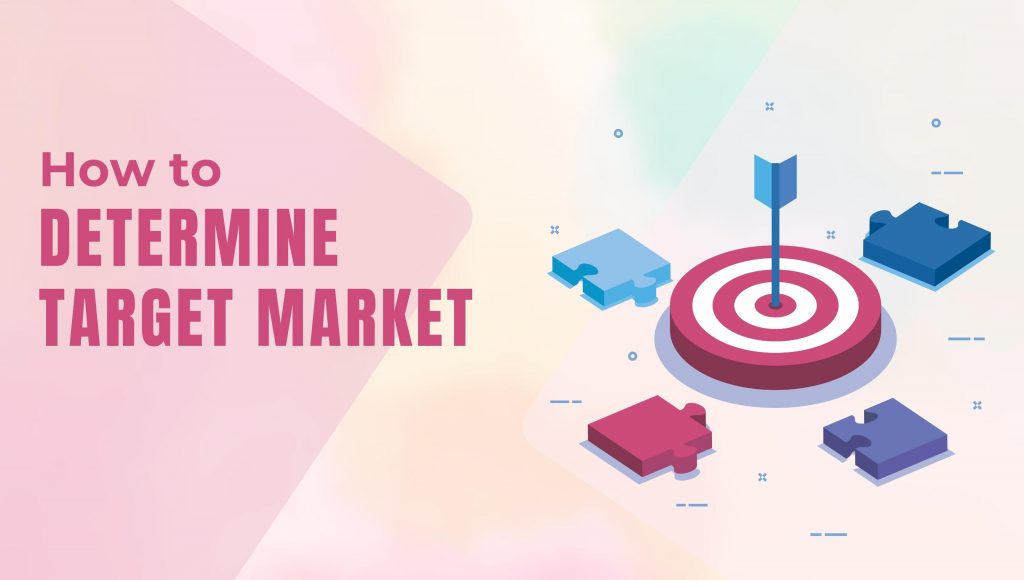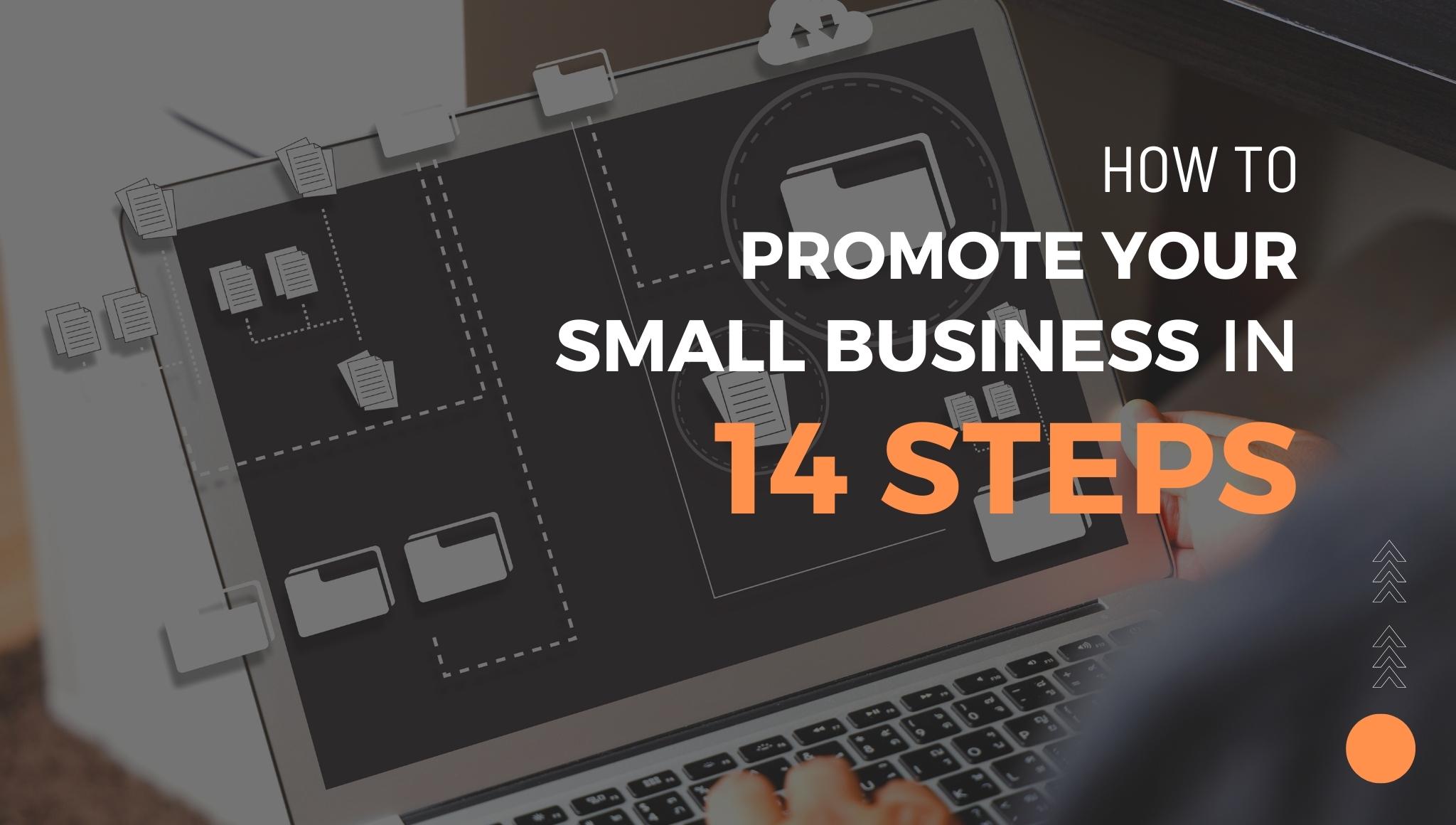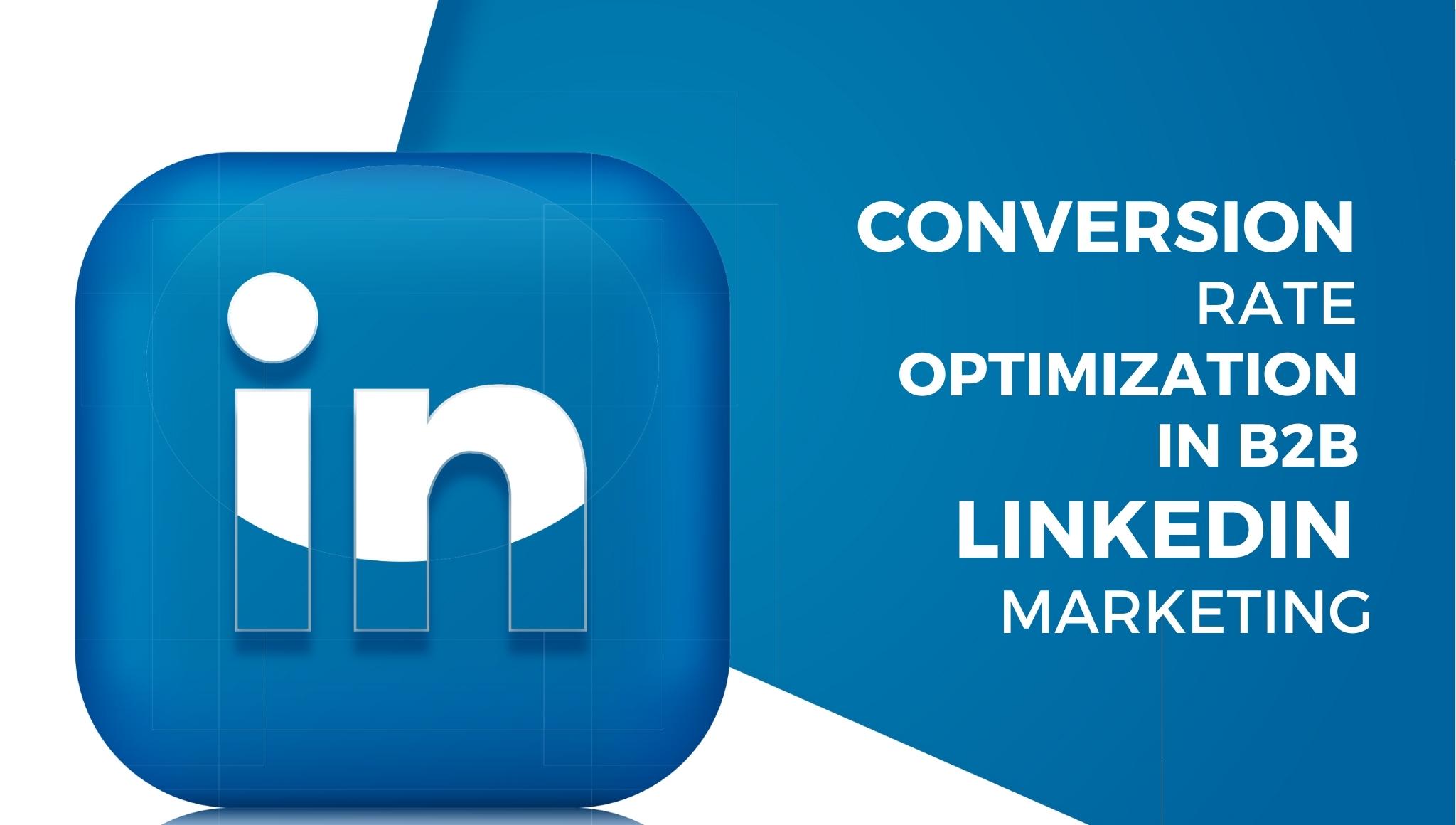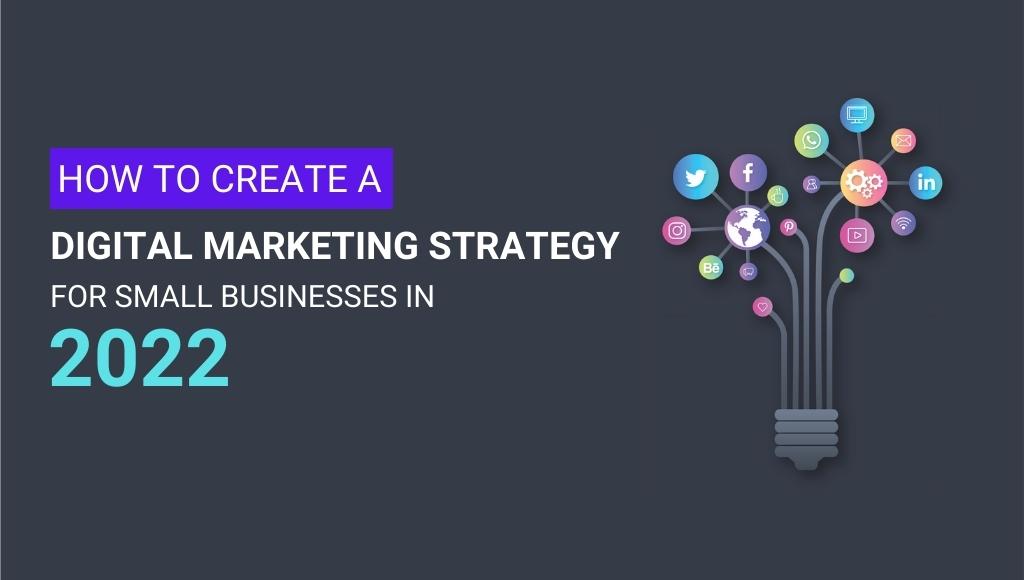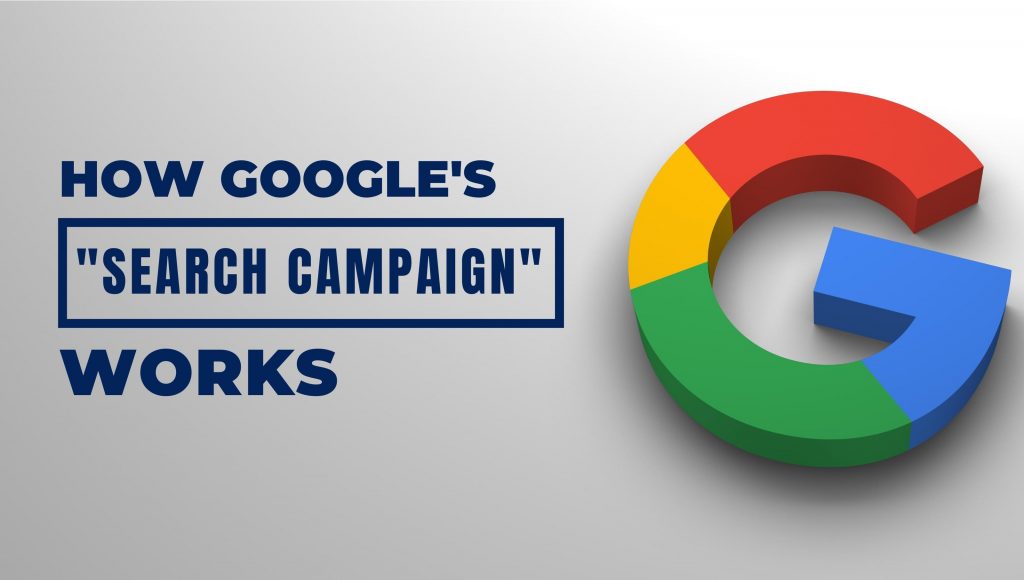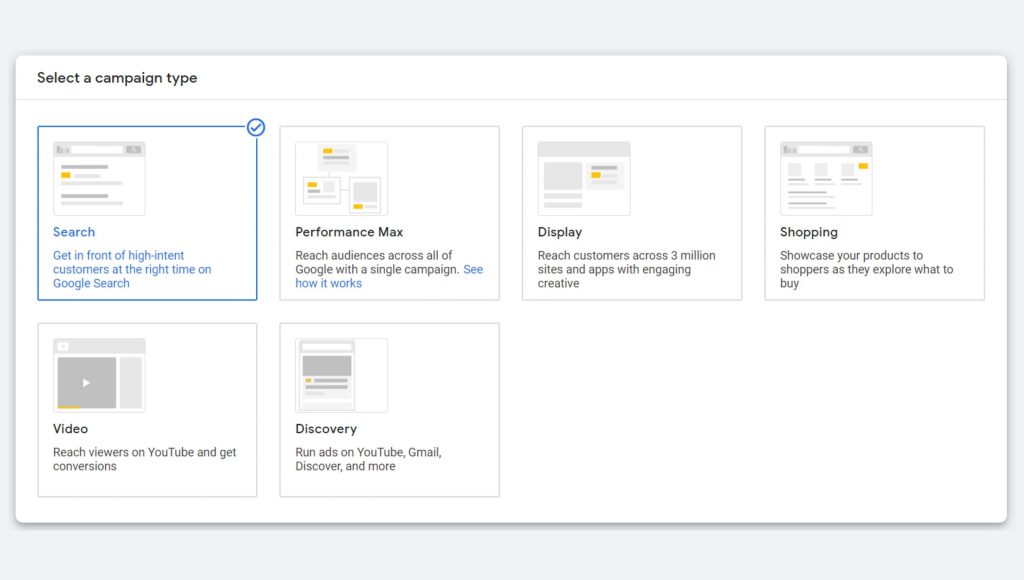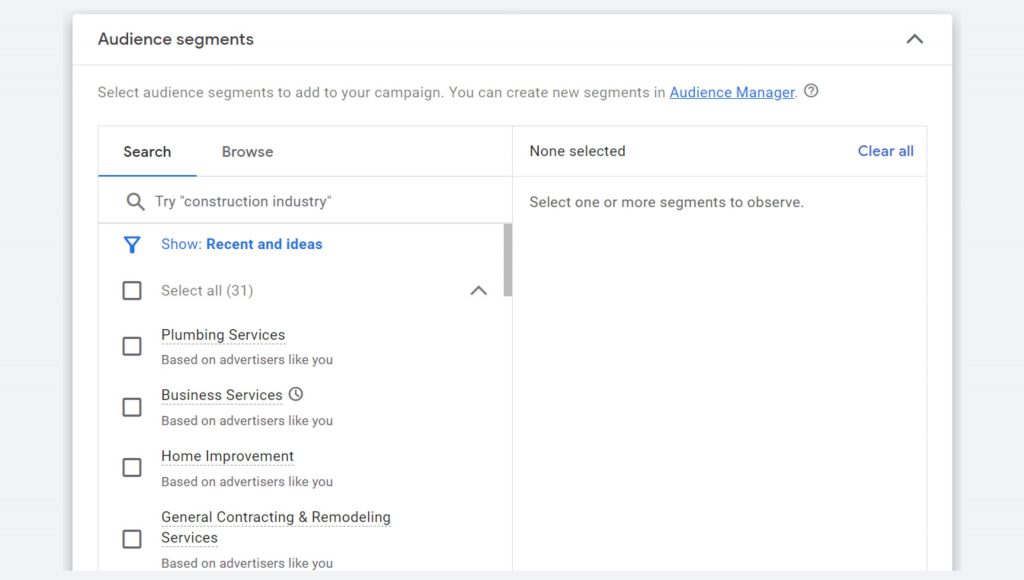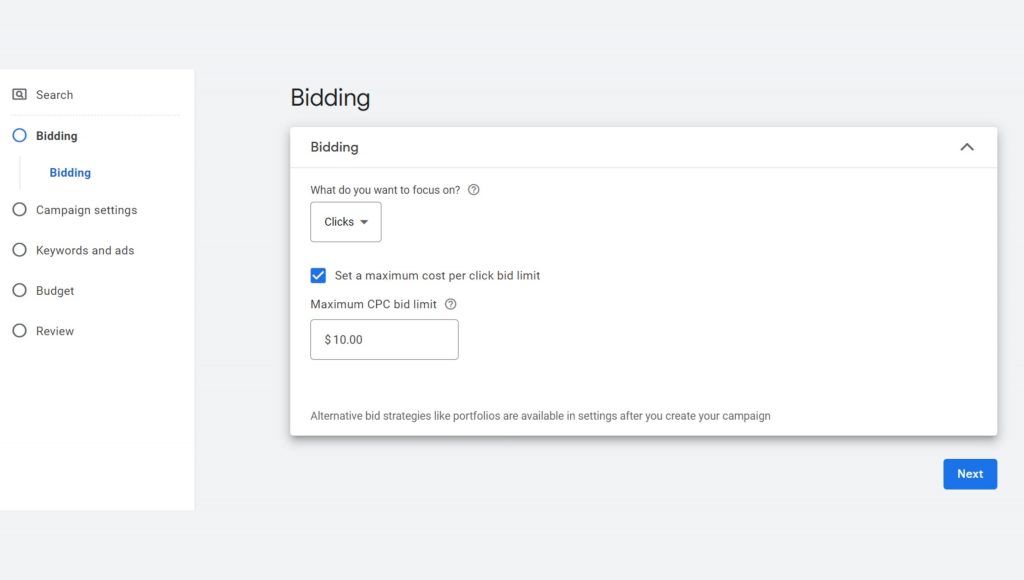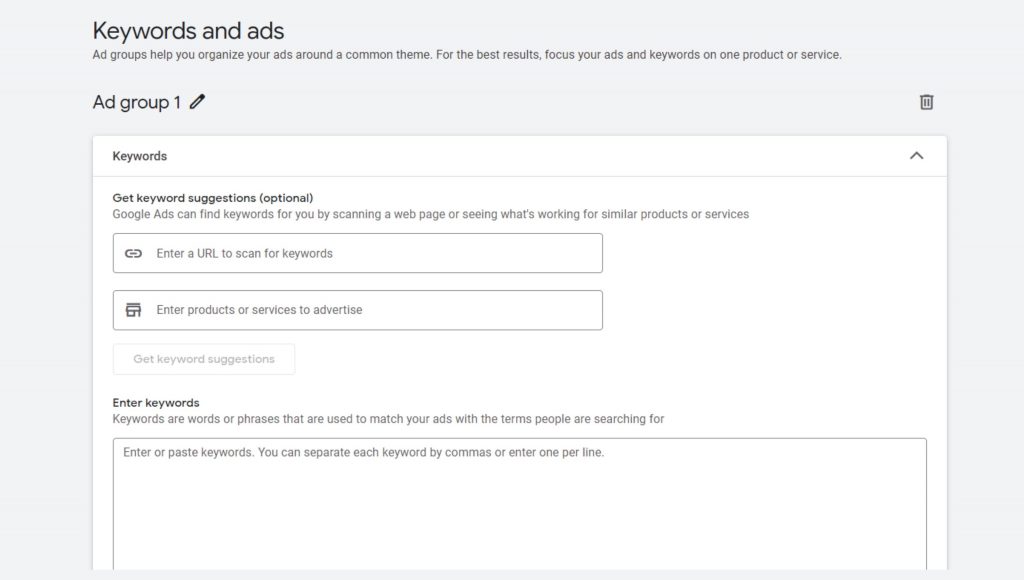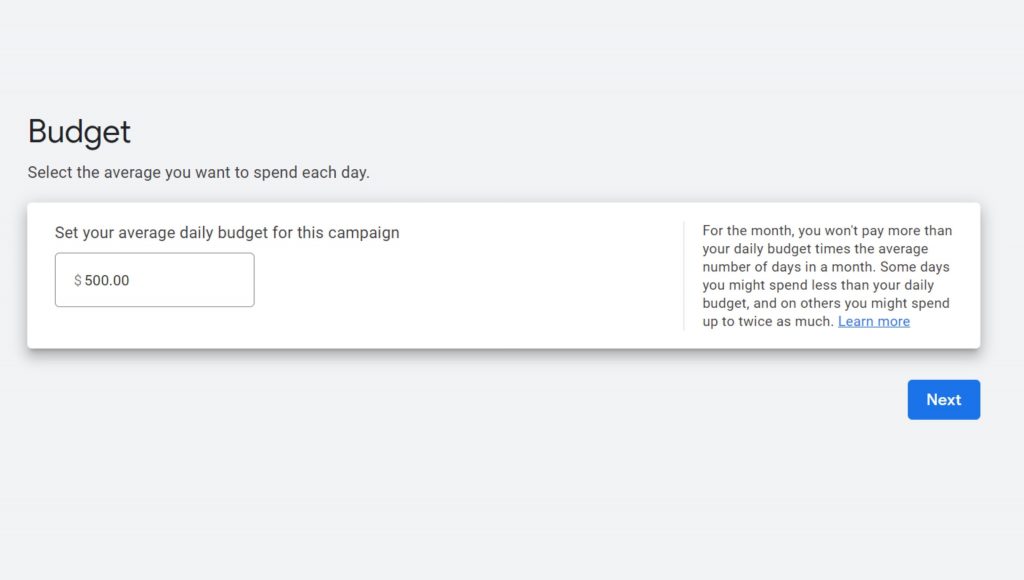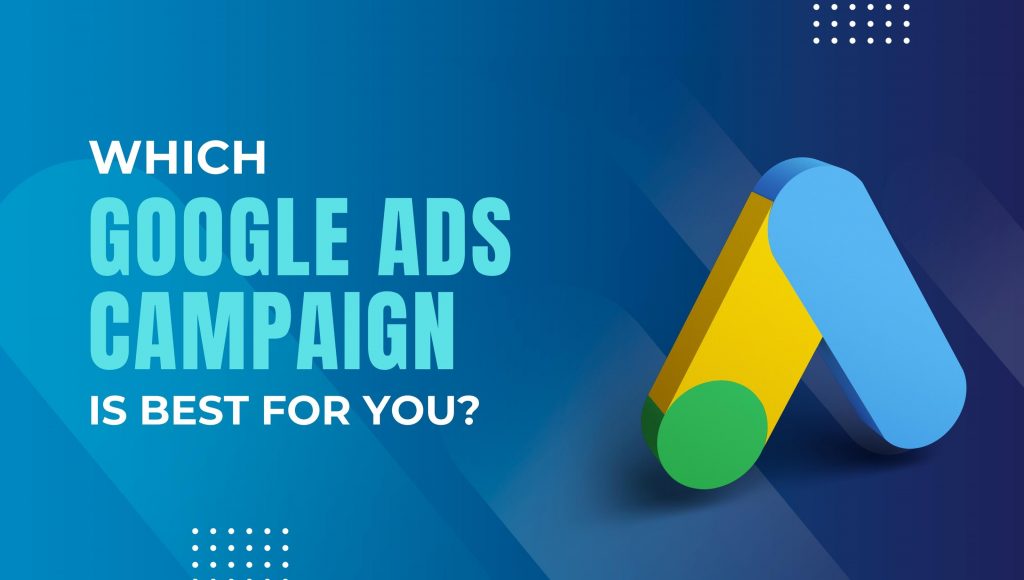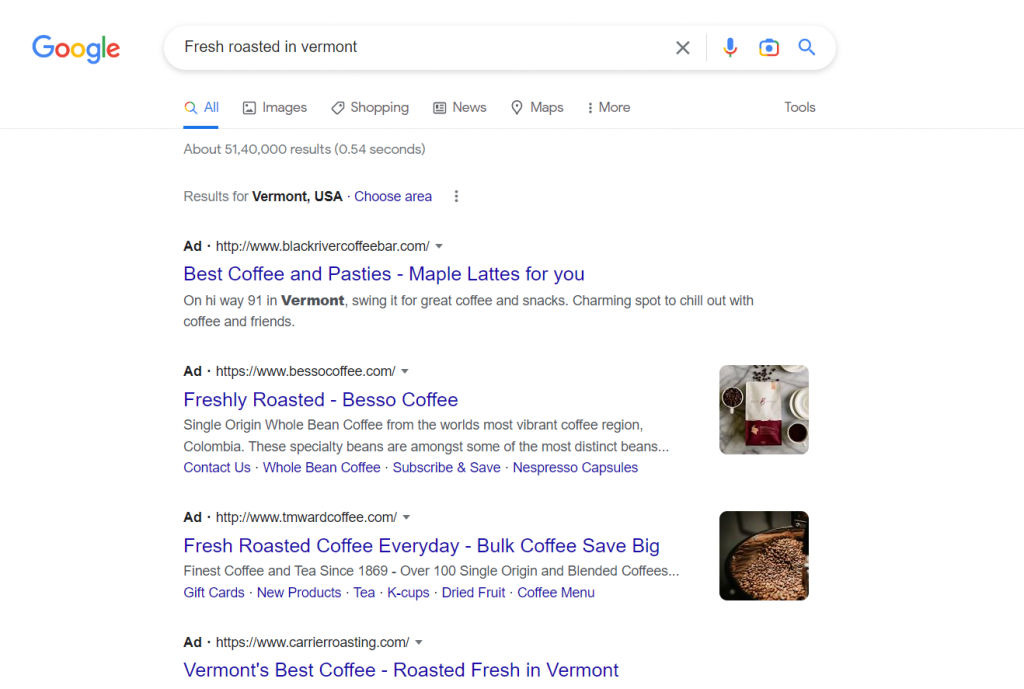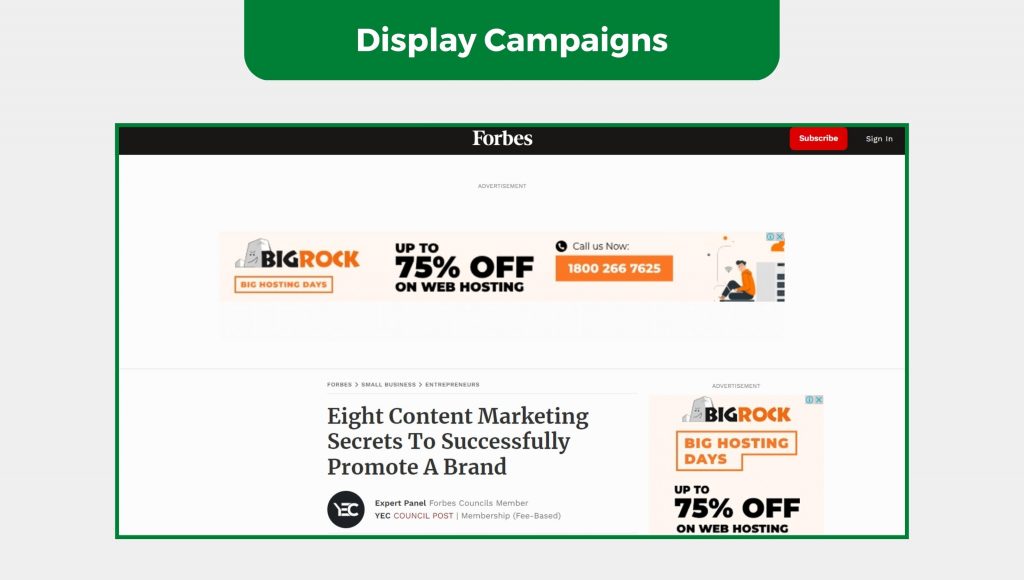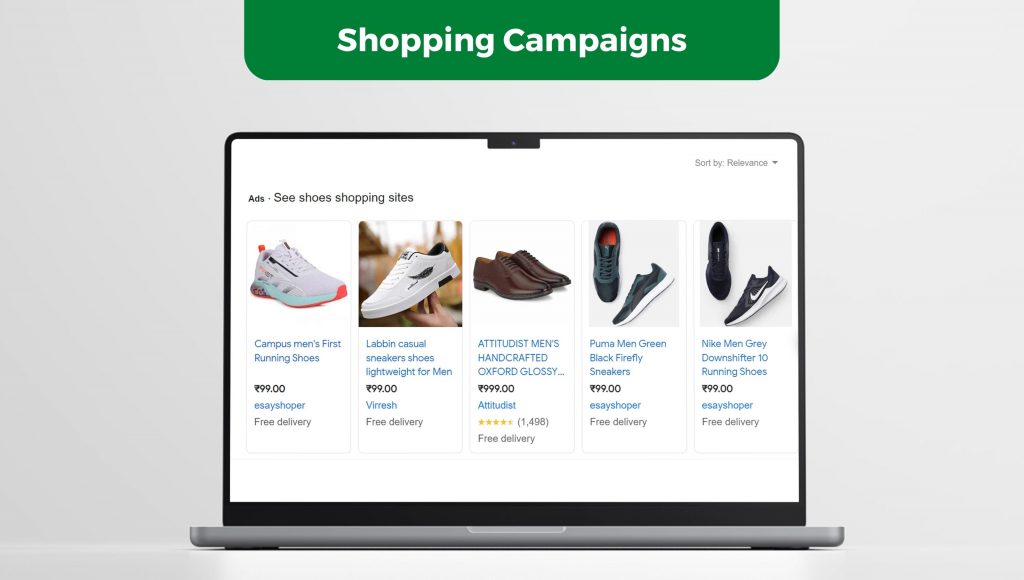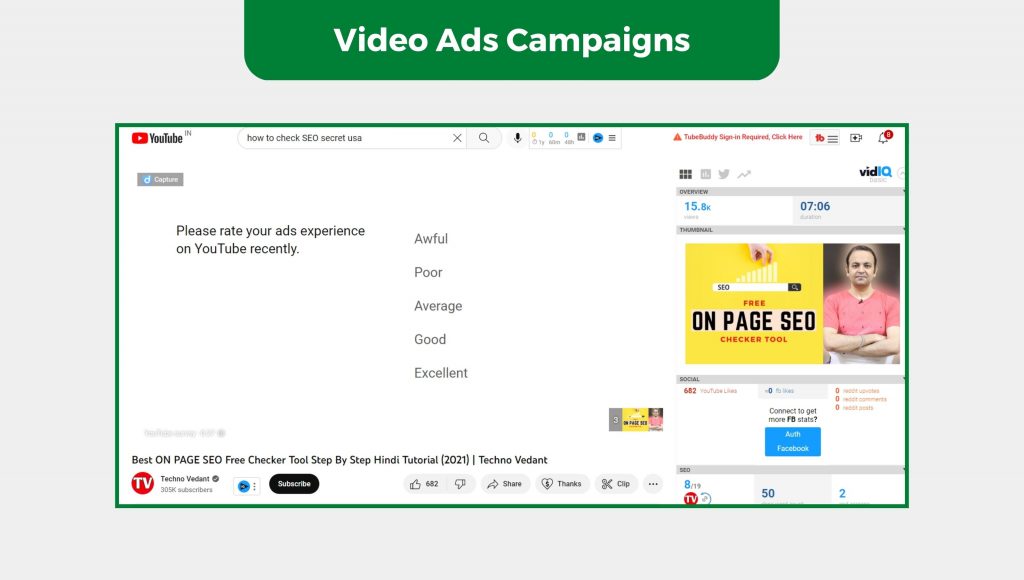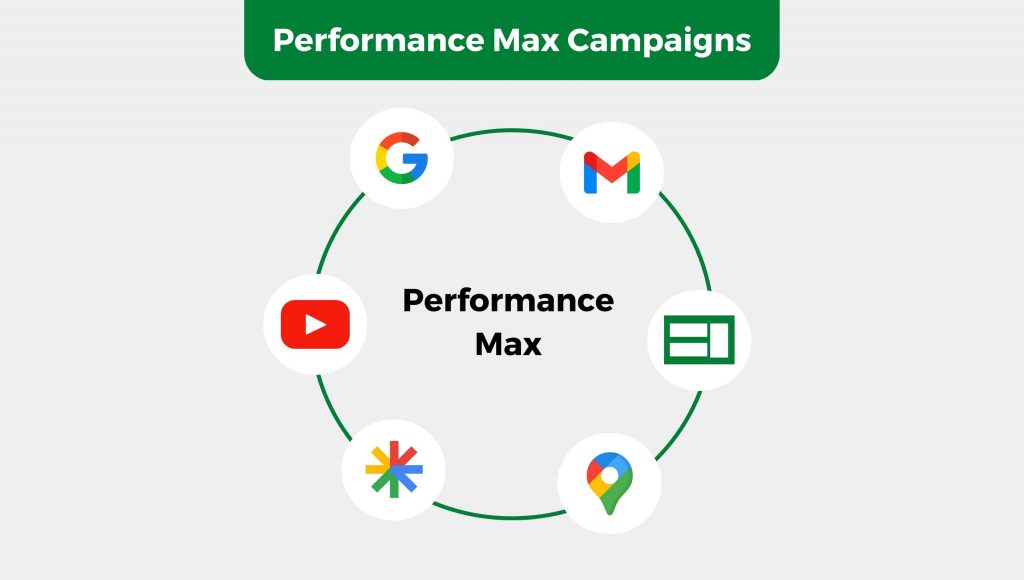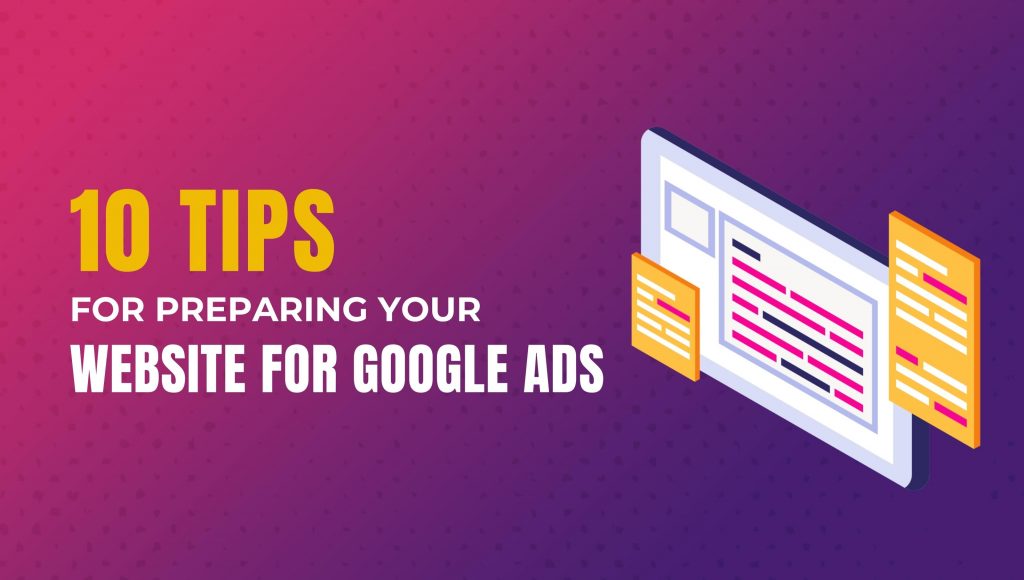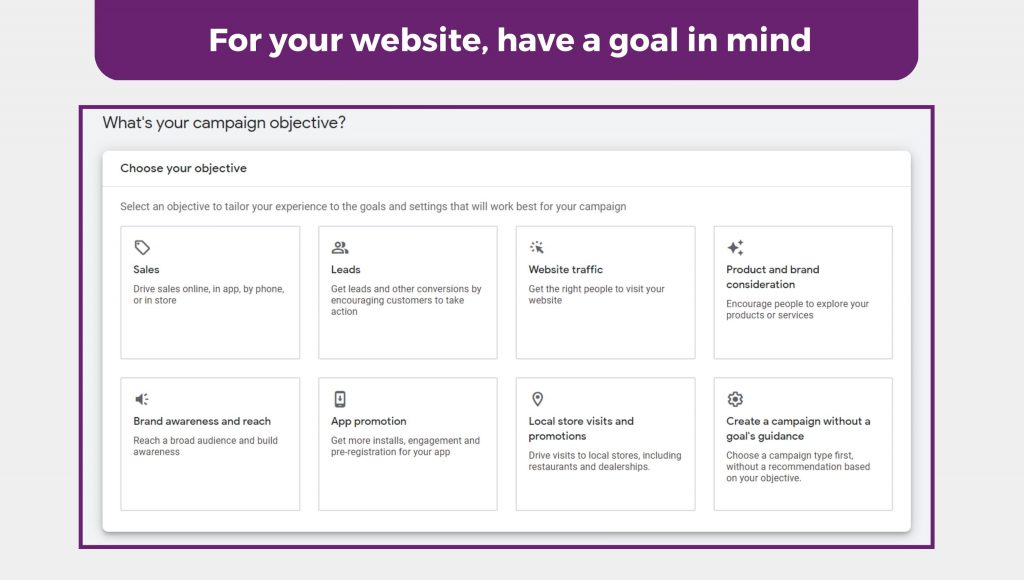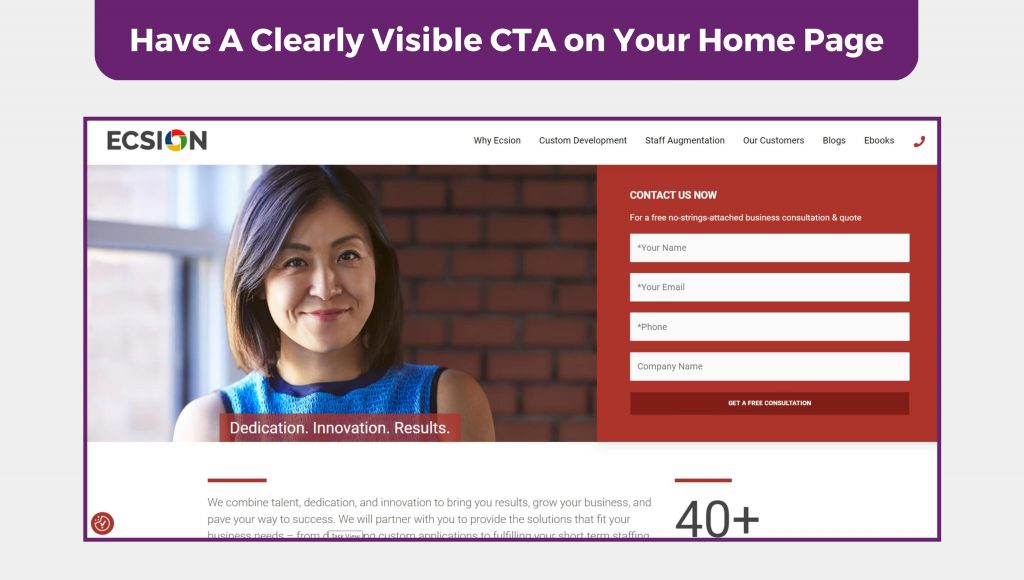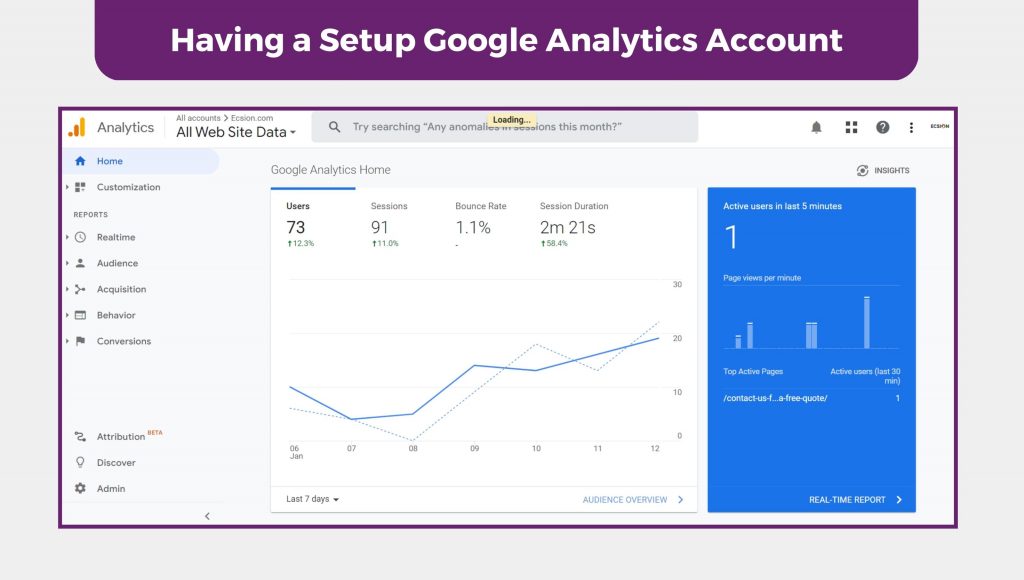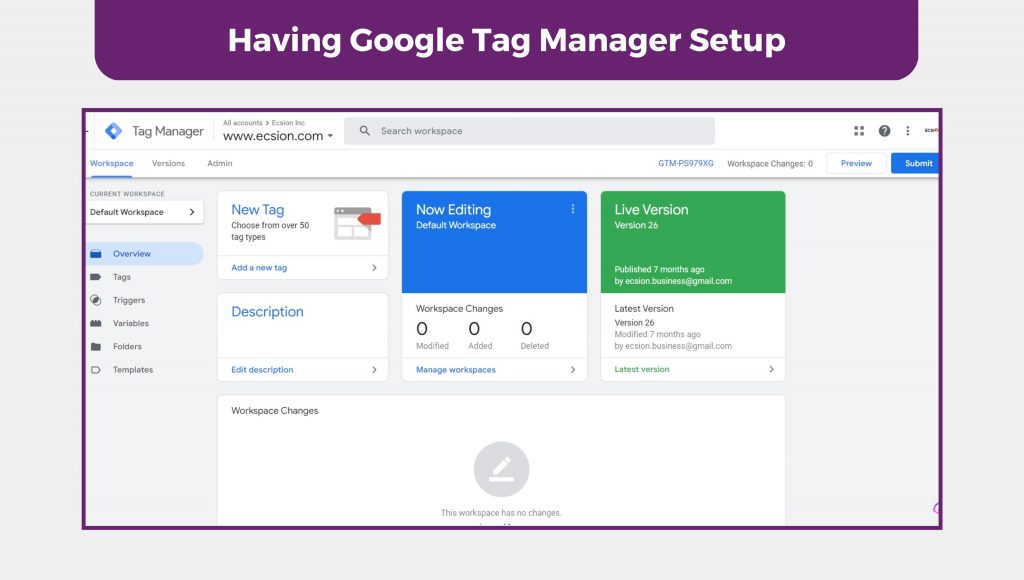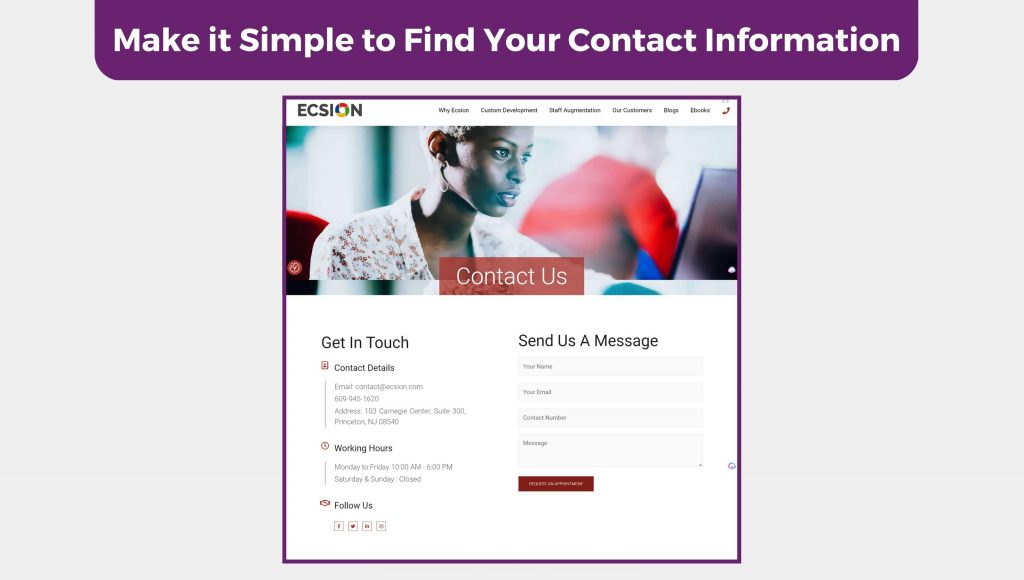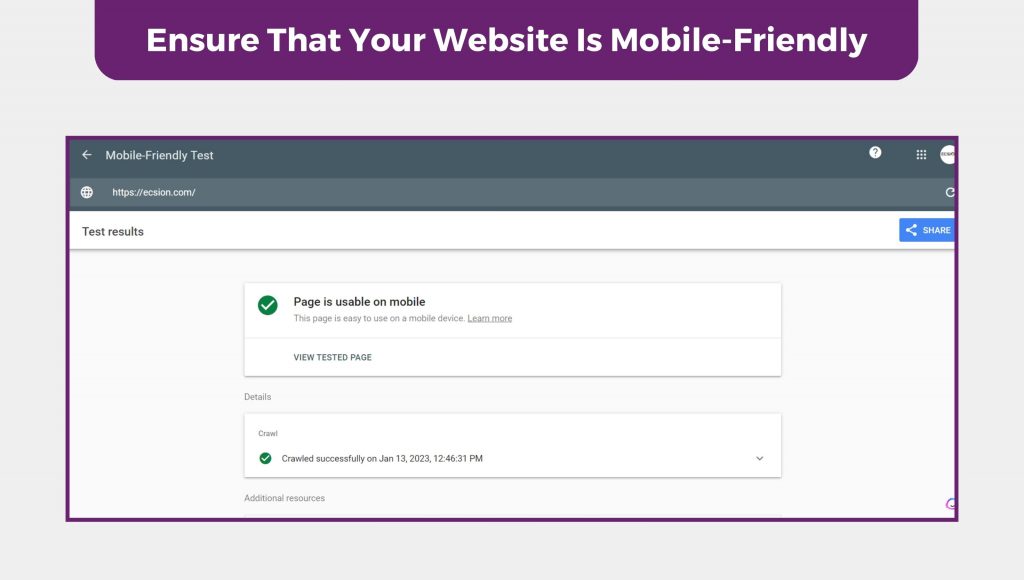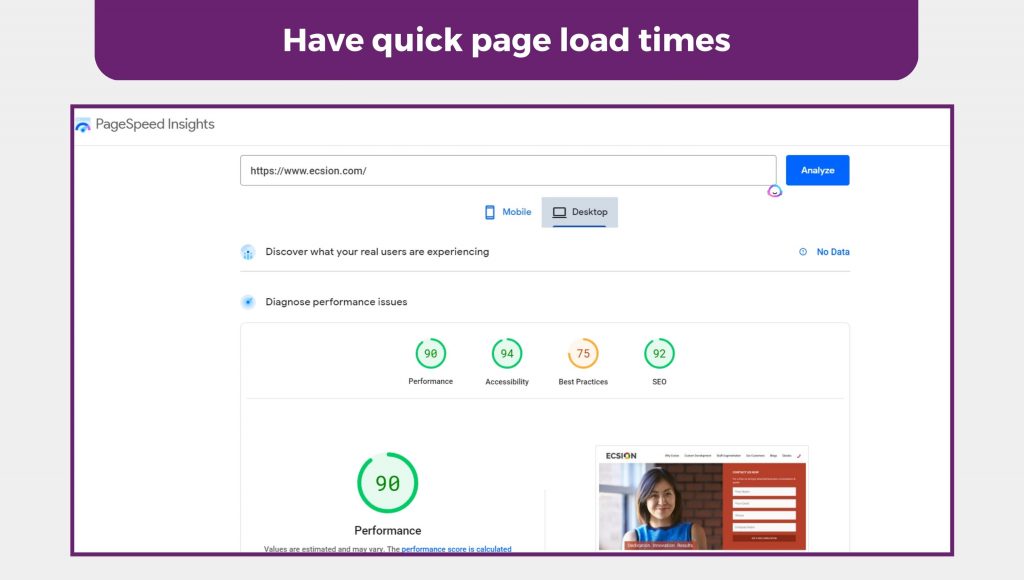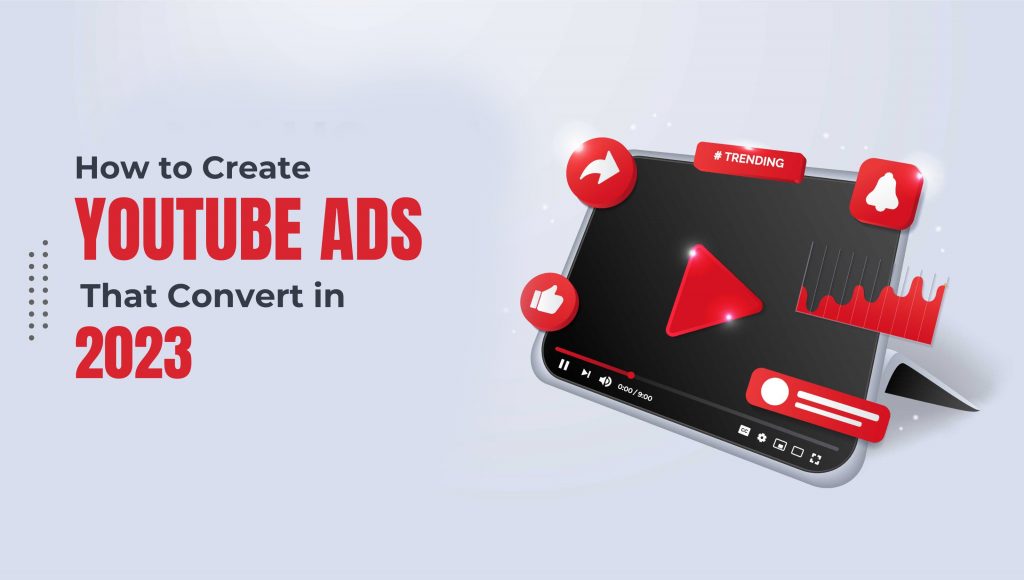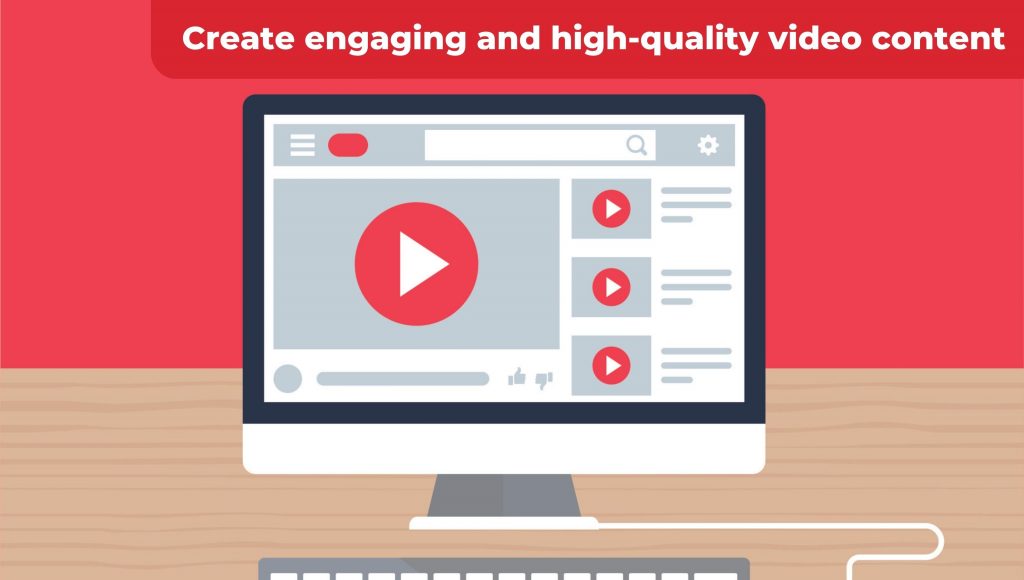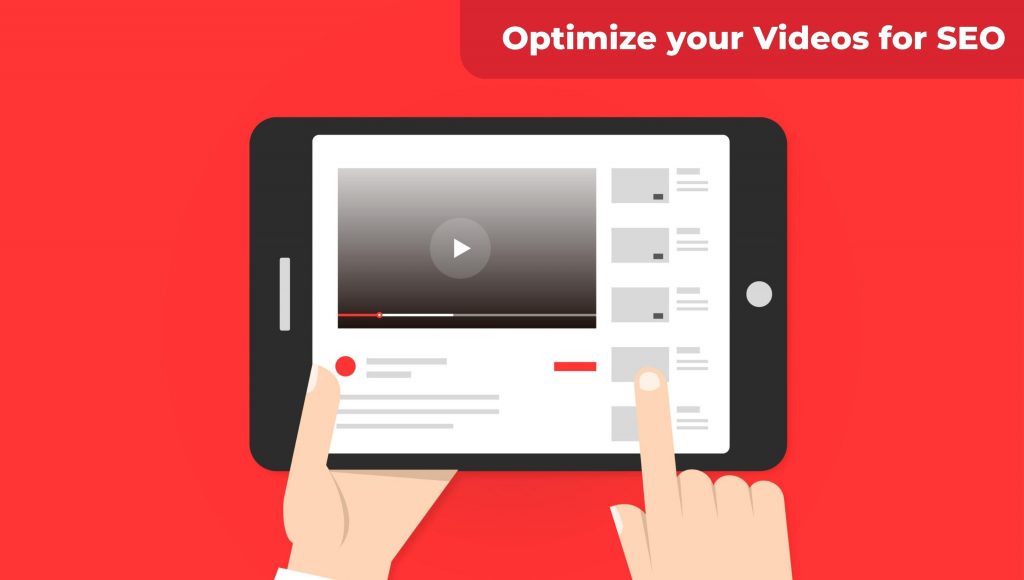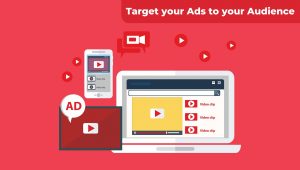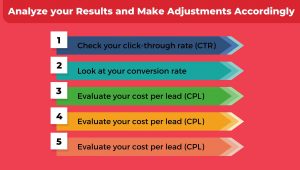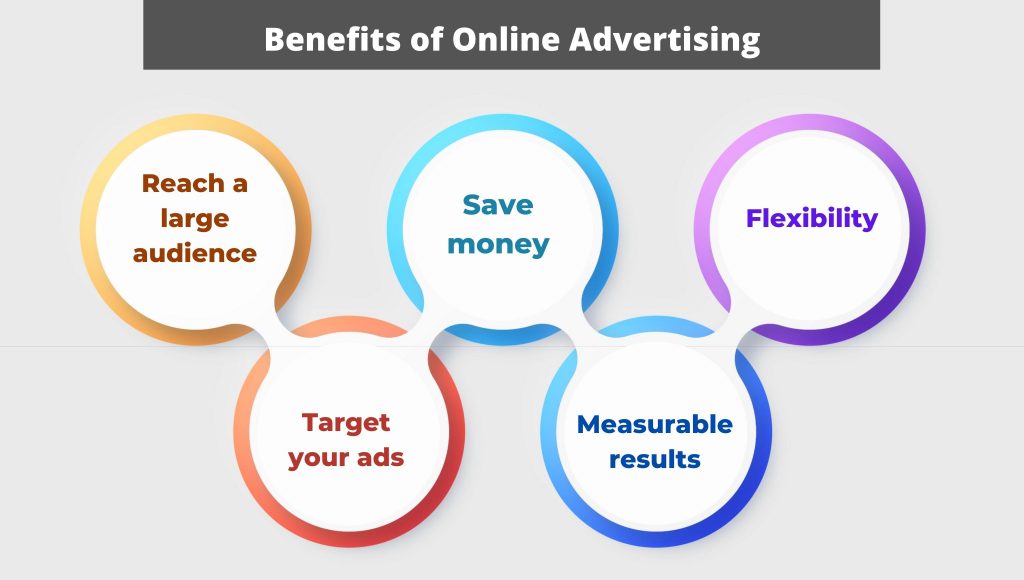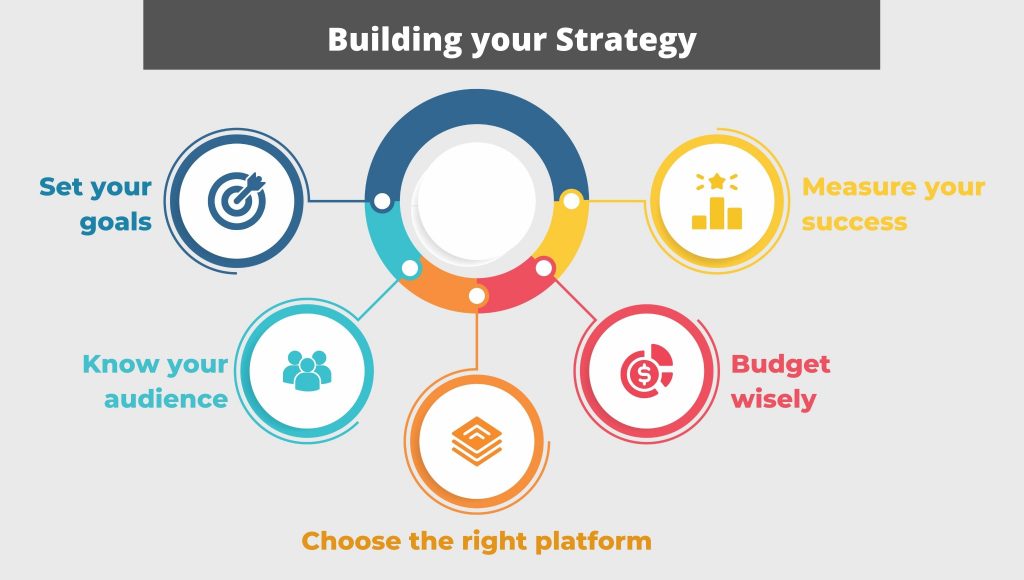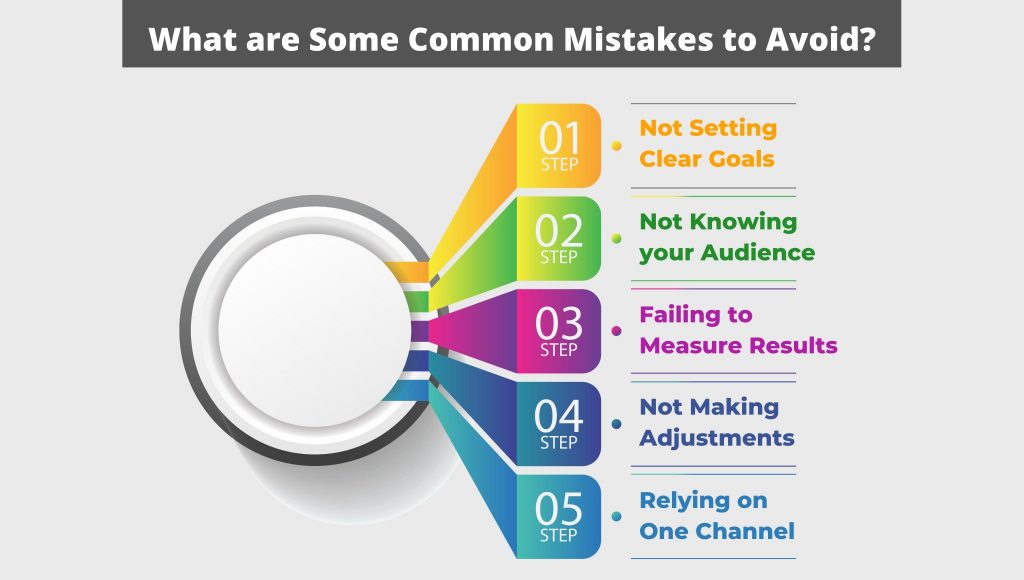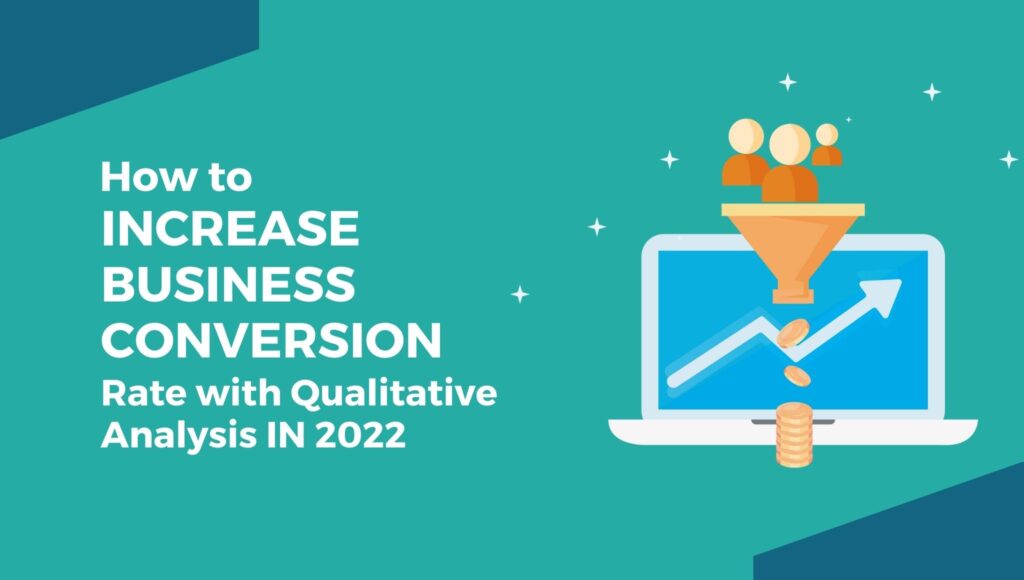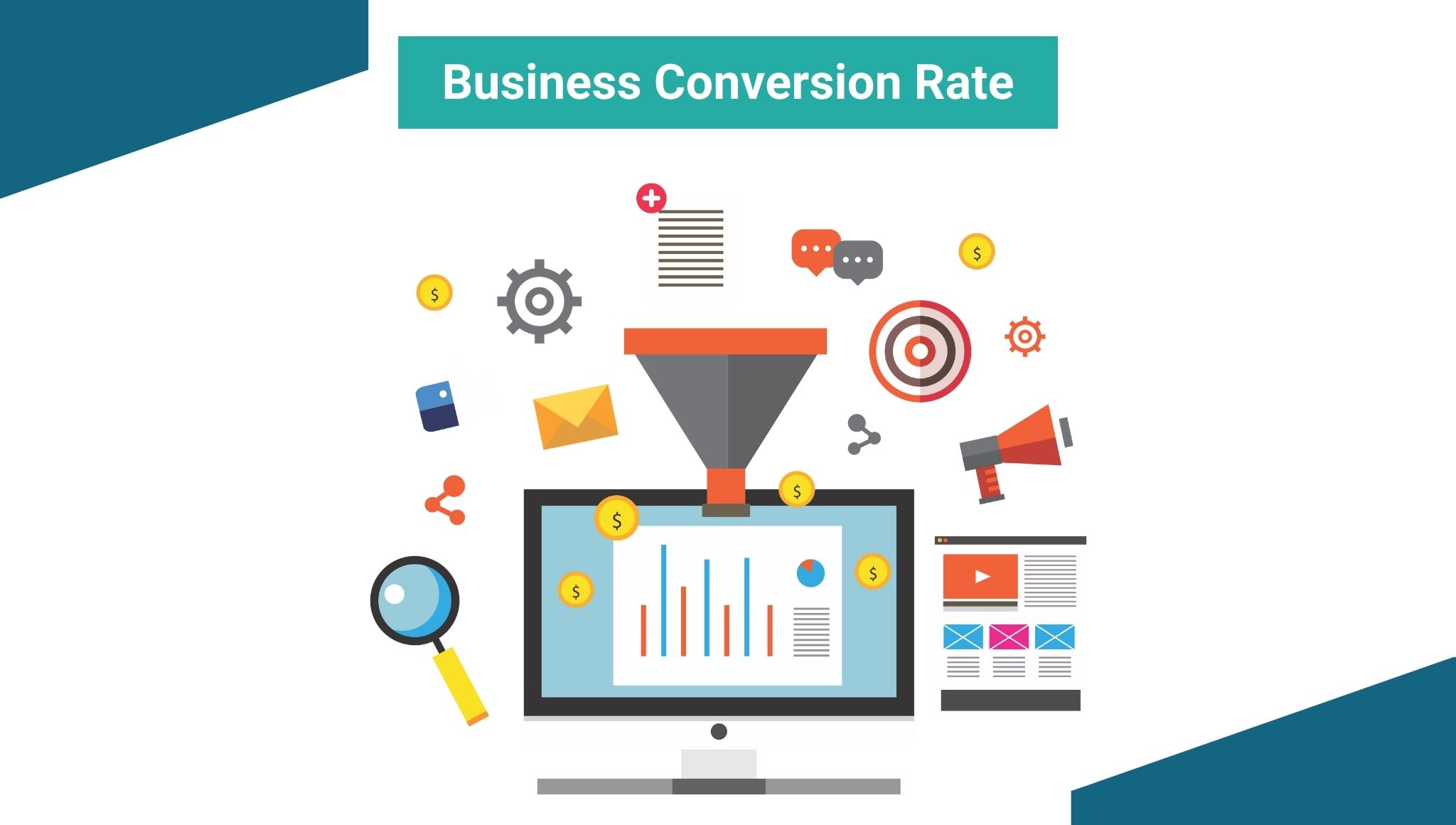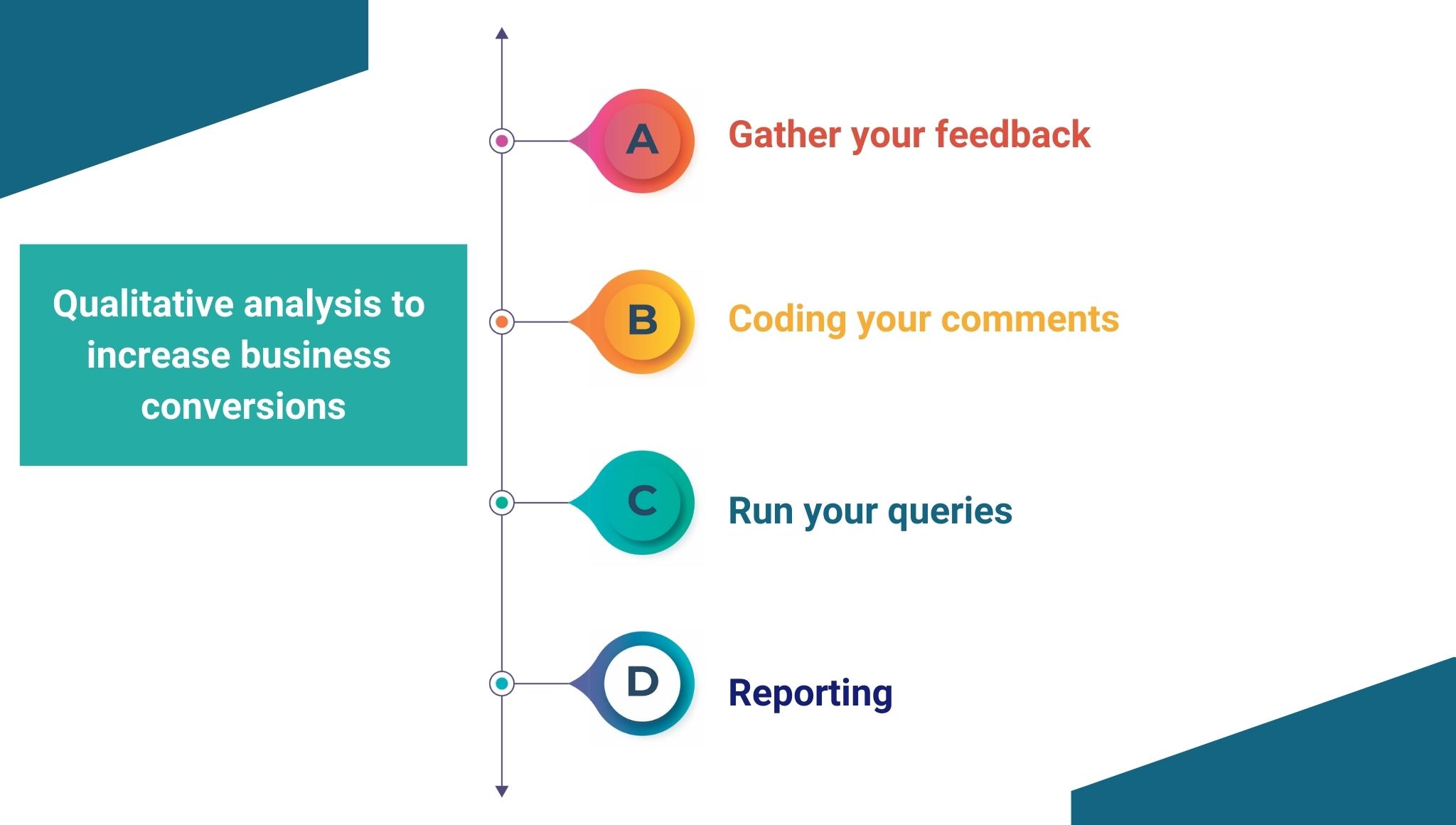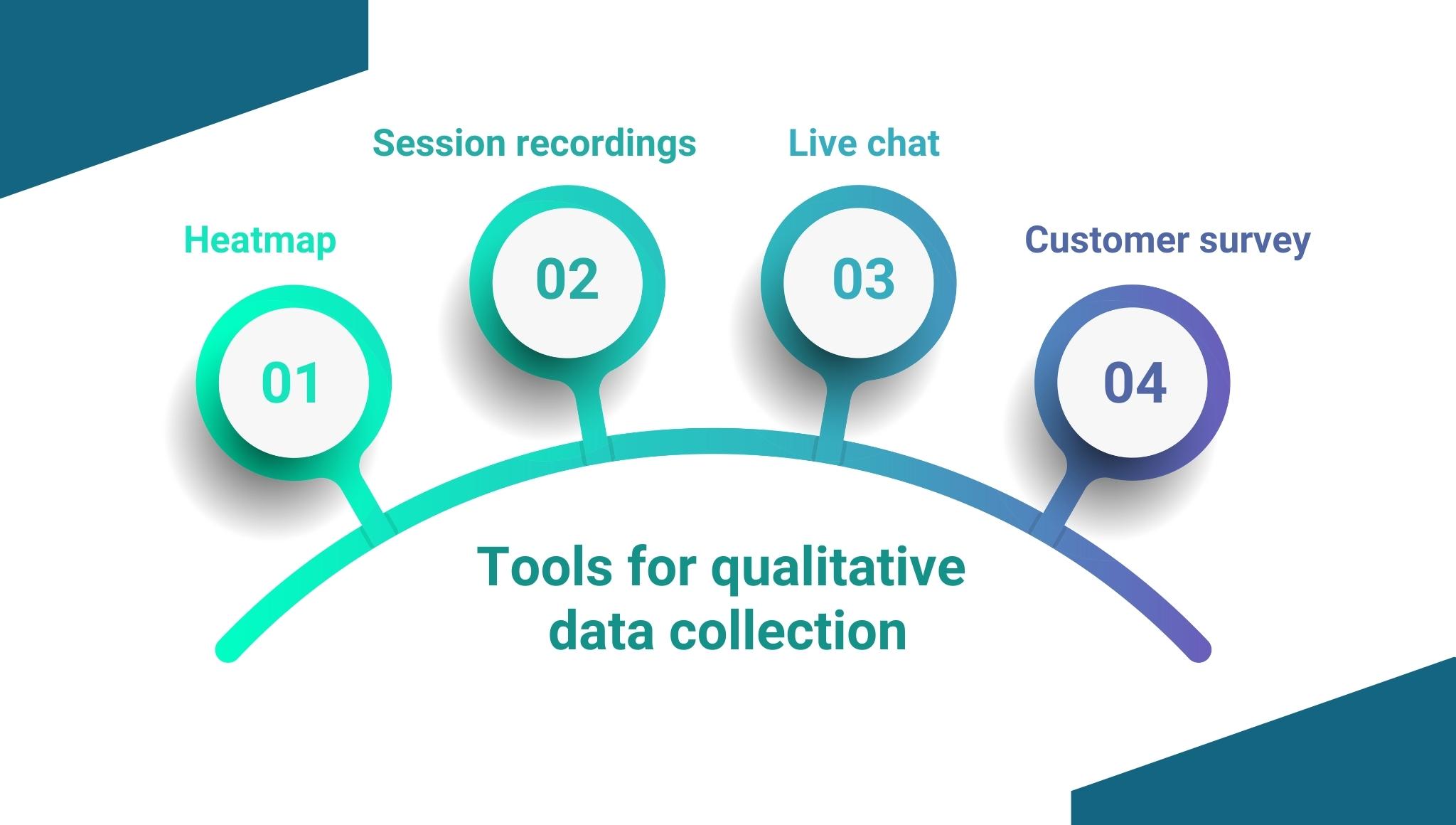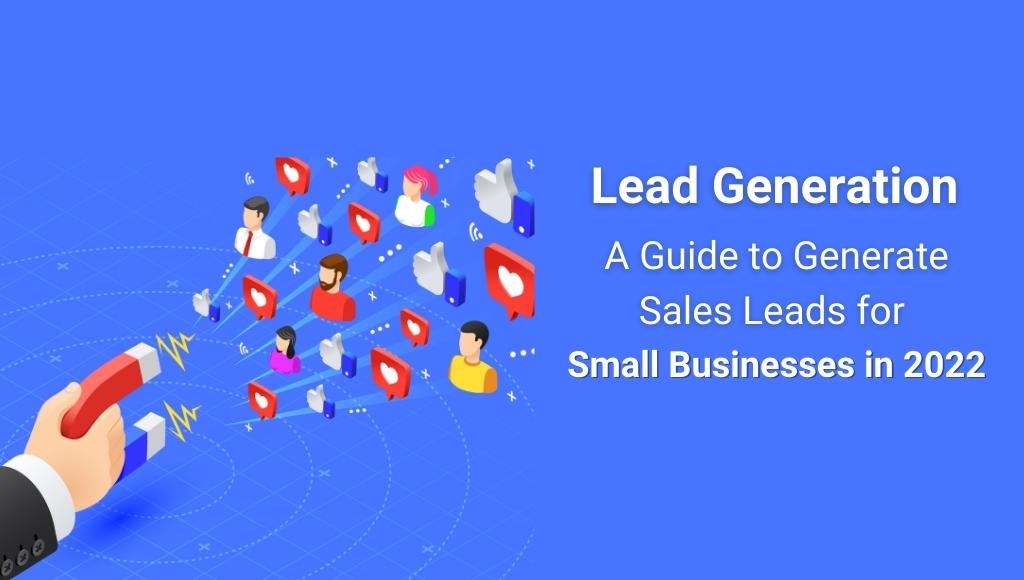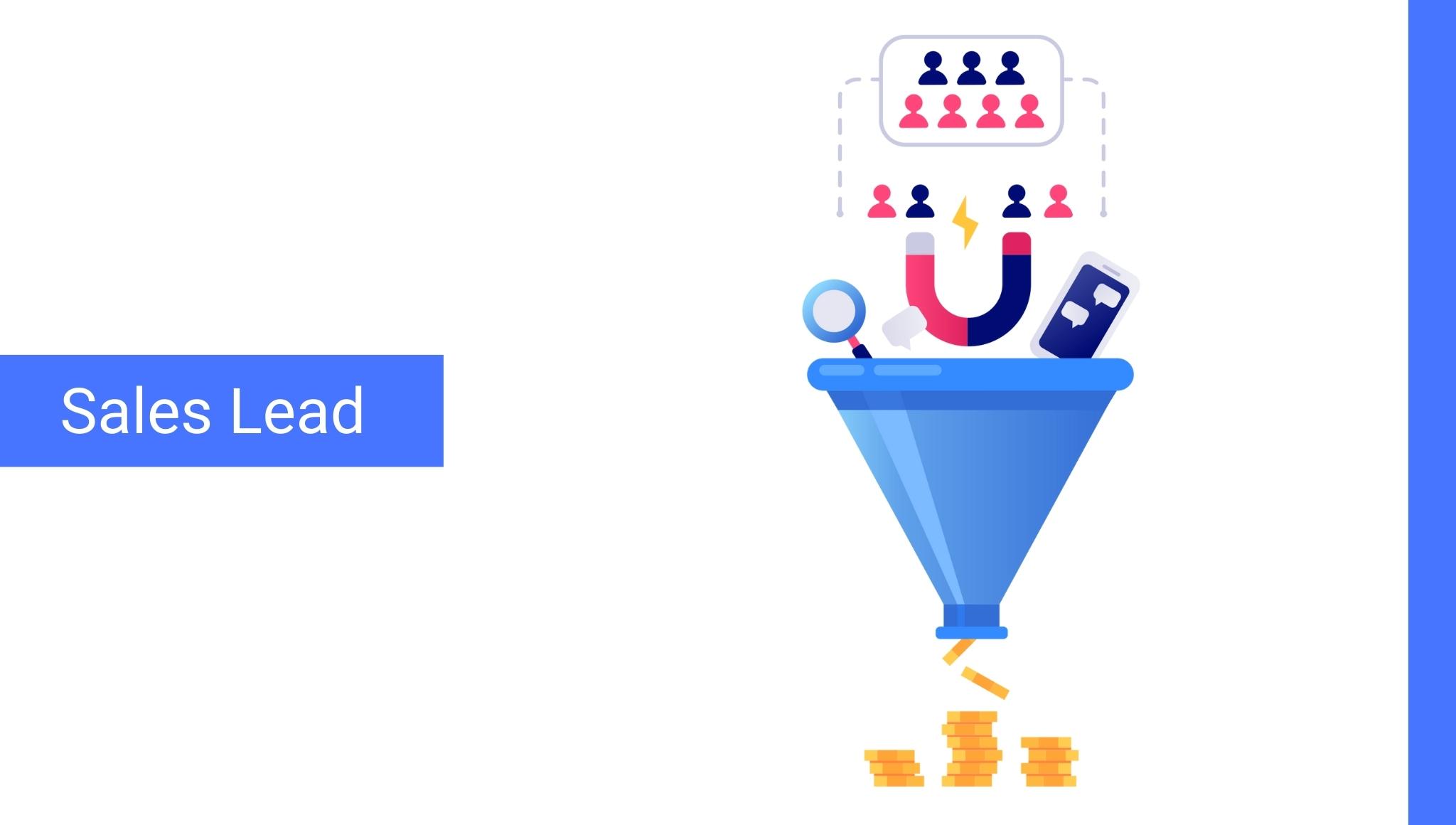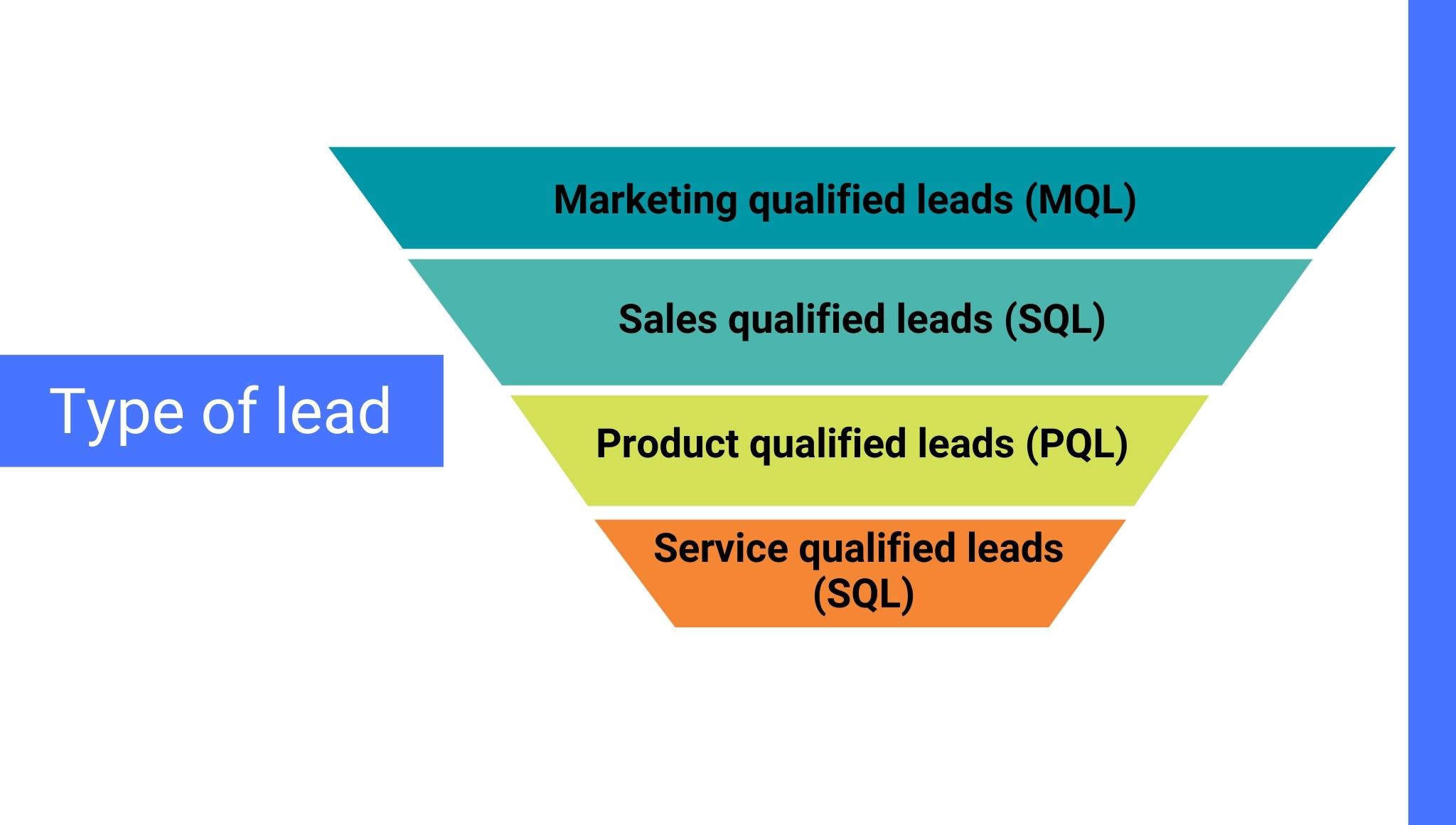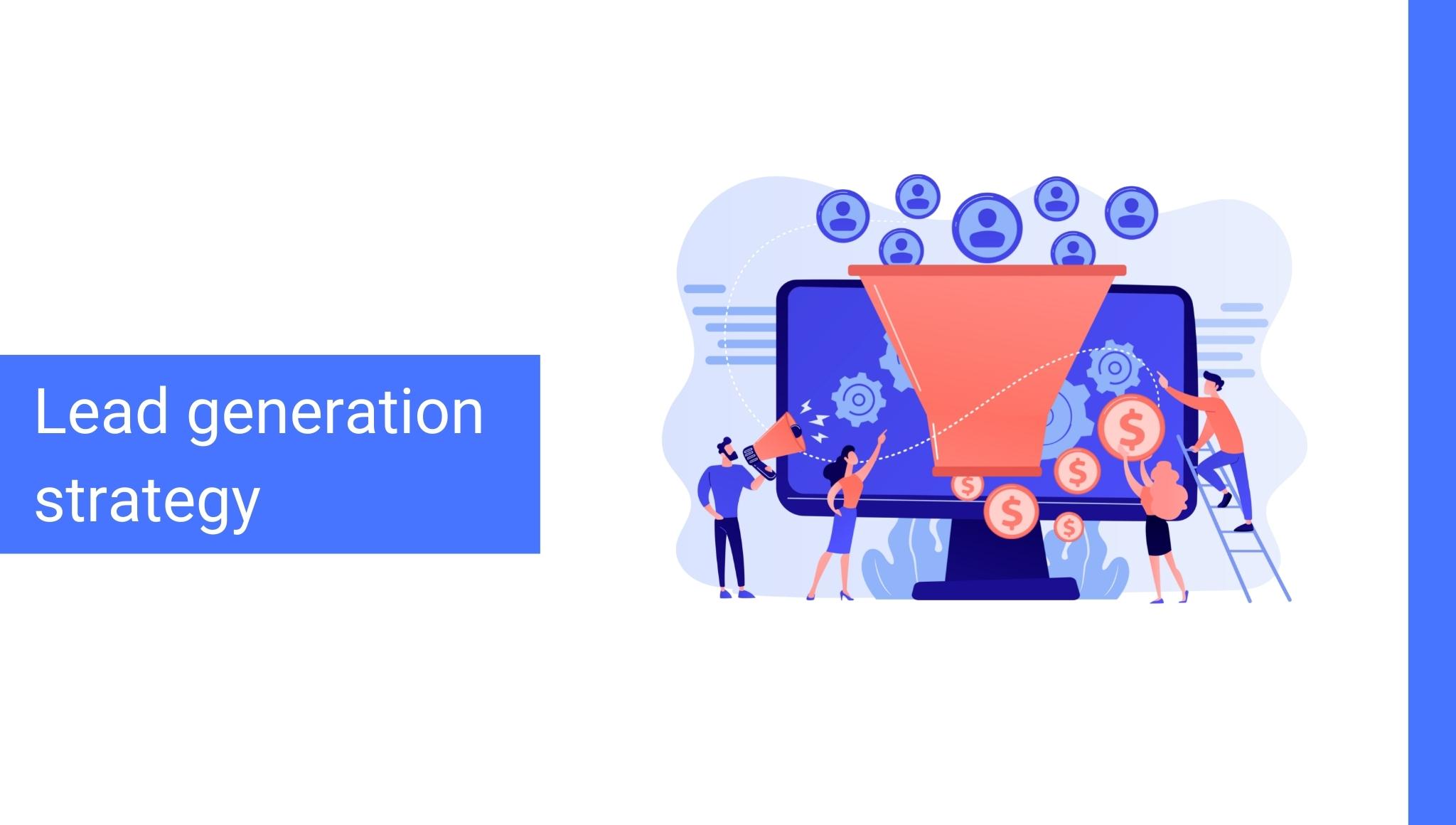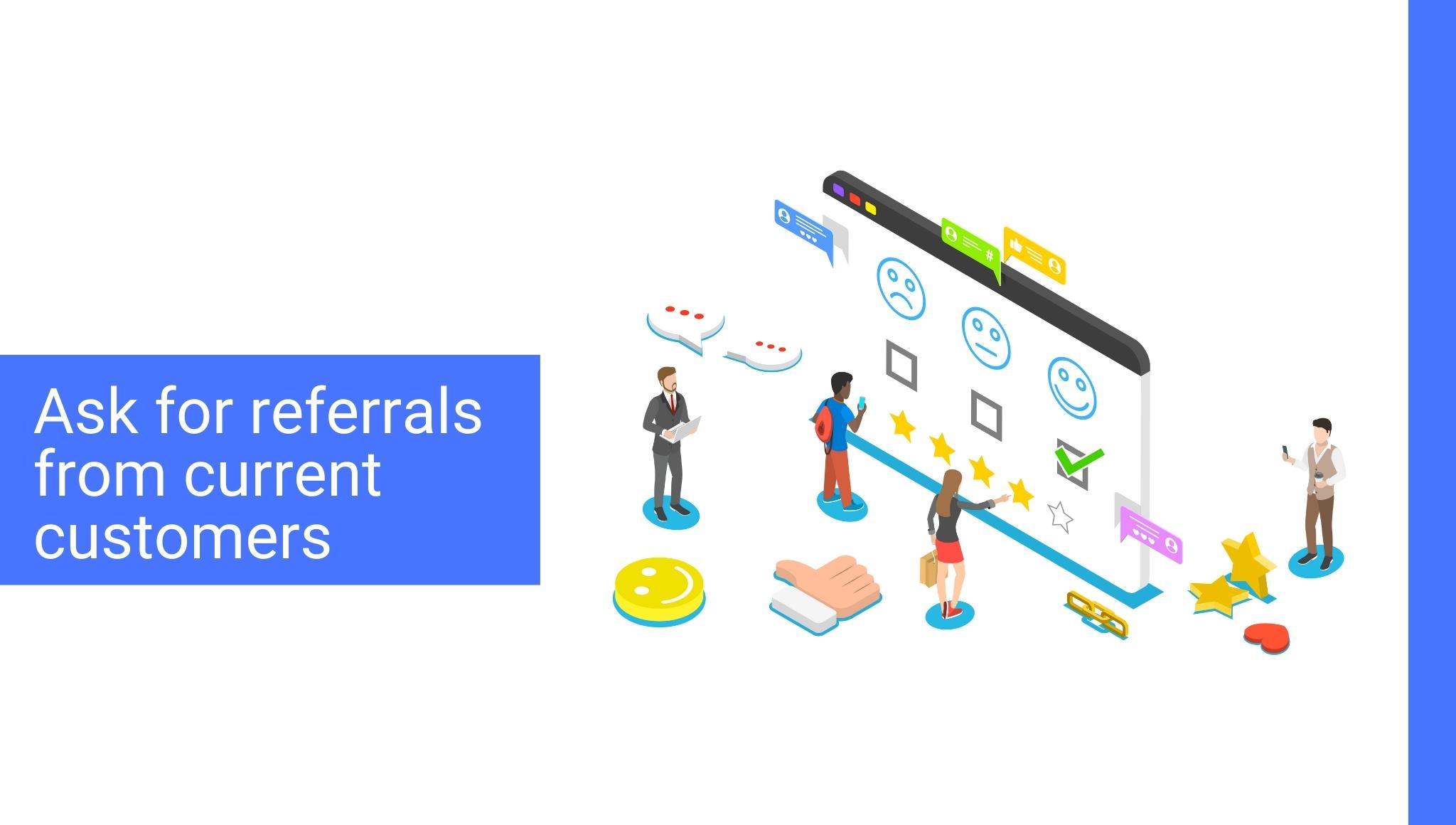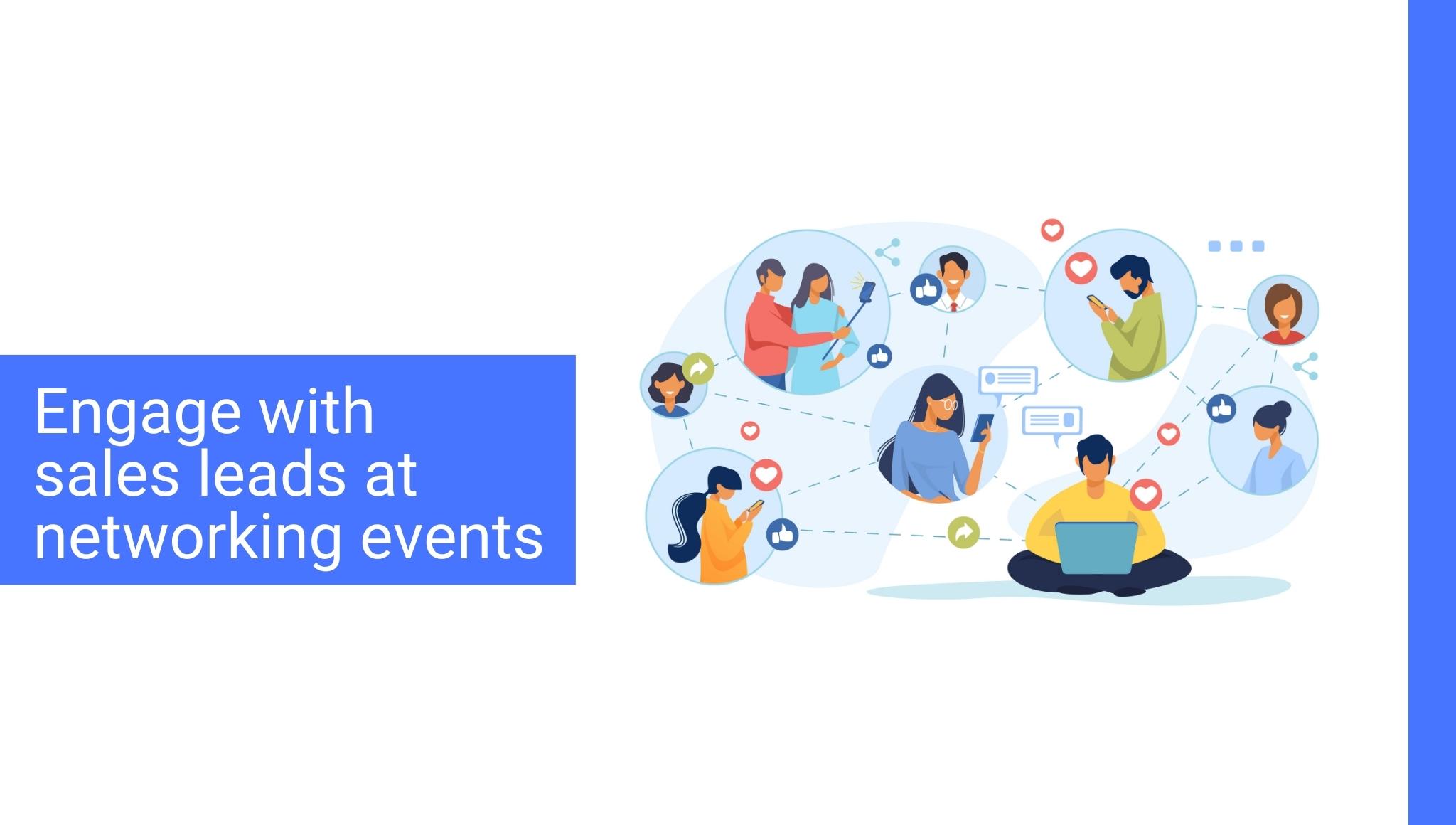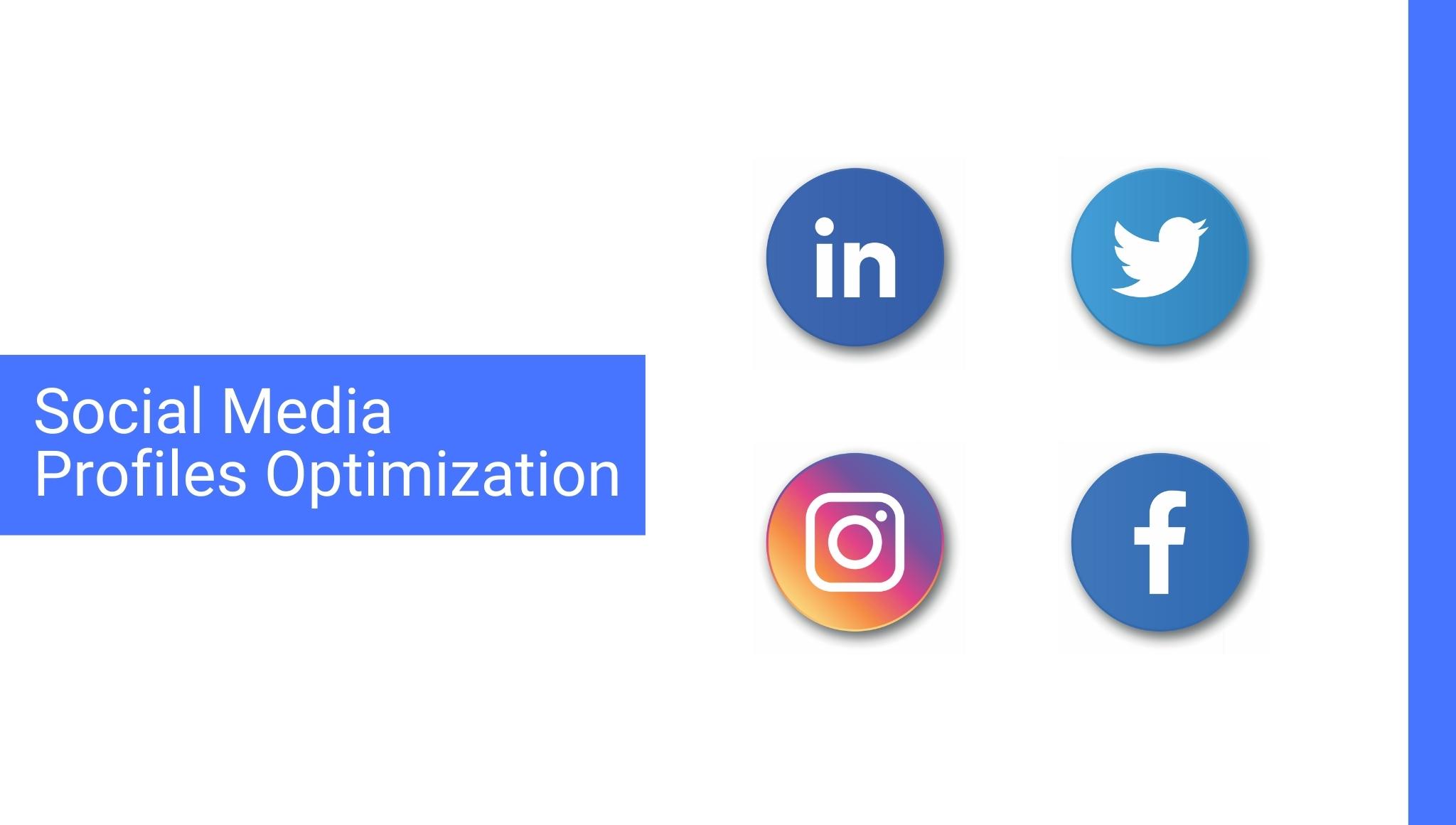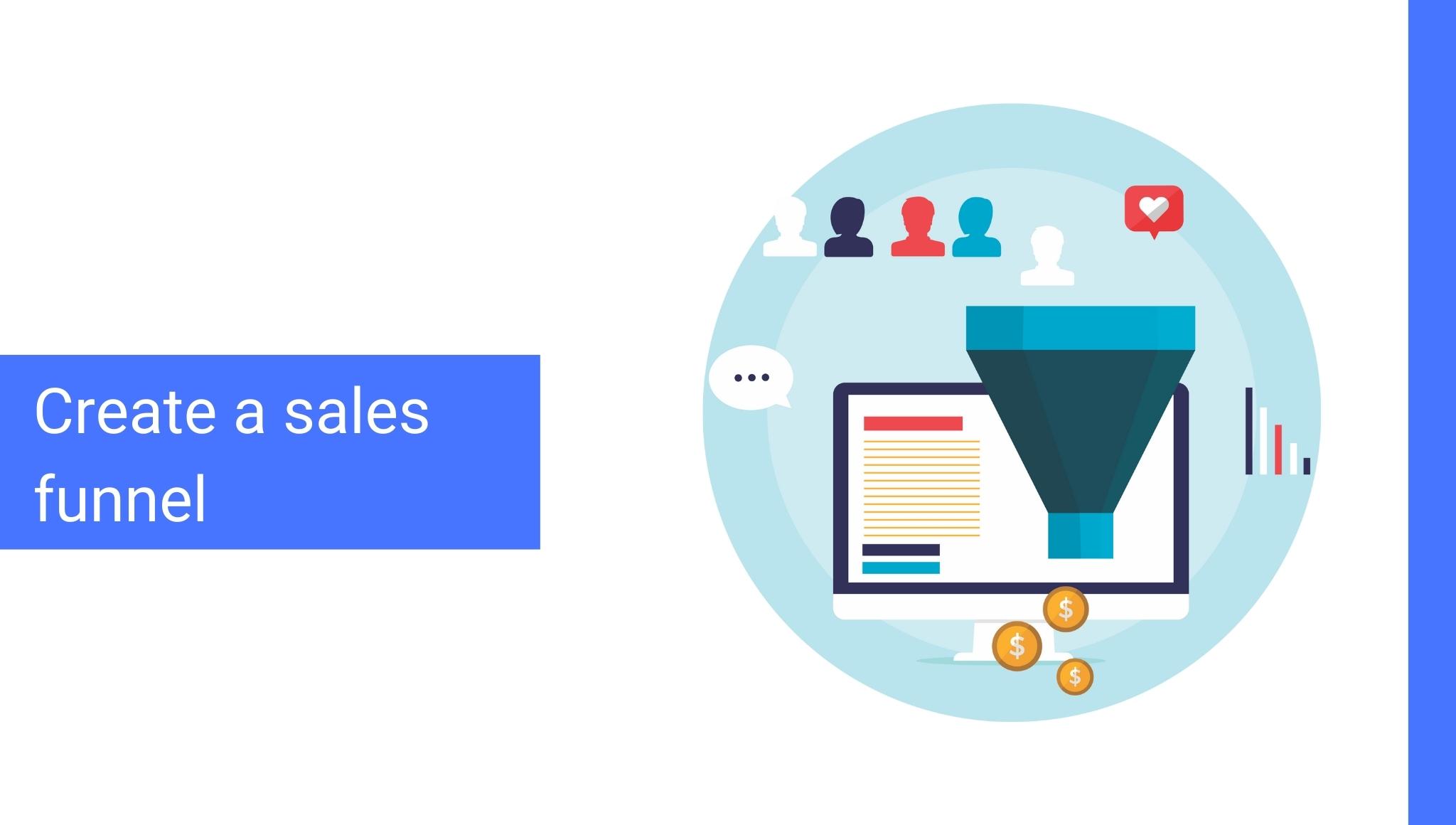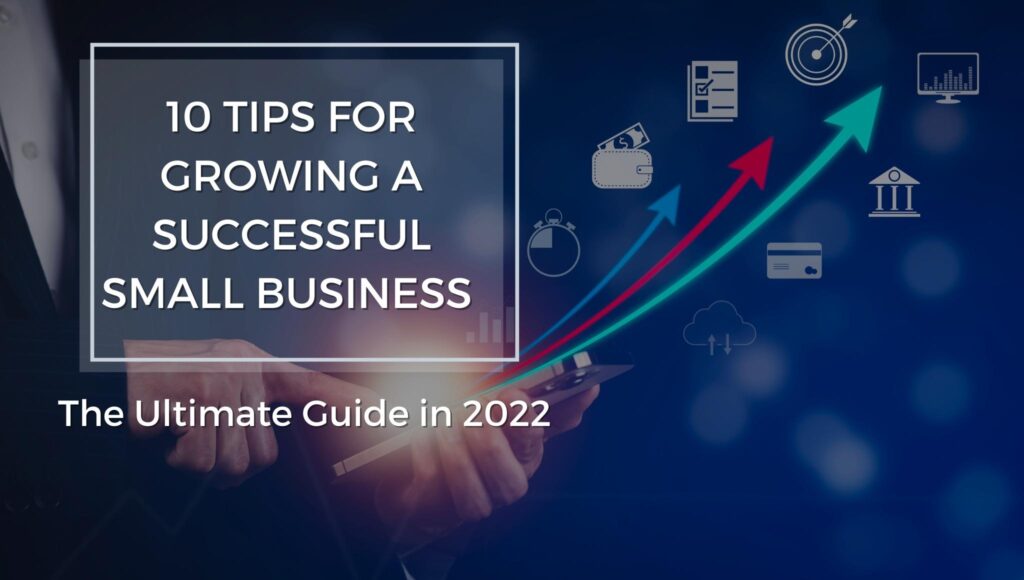How to Determine Target Market?
Making sure your customers’ needs are met begins with truly knowing who they are. With a thorough understanding of the core group that buys from you, providing an optimal experience becomes much easier—not to mention tailoring product offerings for defined target markets and meeting their individualized expectations.
What is a target market?
A “target market” is a specific group of consumers within a larger demographic who are identified as likely customers for a particular product or service. It is the group of individuals for whom a company designs, implements, and directs a marketing plan. The target market is determined based on factors such as age, gender, income, interests, behaviors, geographic location, and other characteristics that define their needs and preferences. Understanding the target market helps a company tailor its marketing efforts and offerings to reach and attract its desired audience effectively.
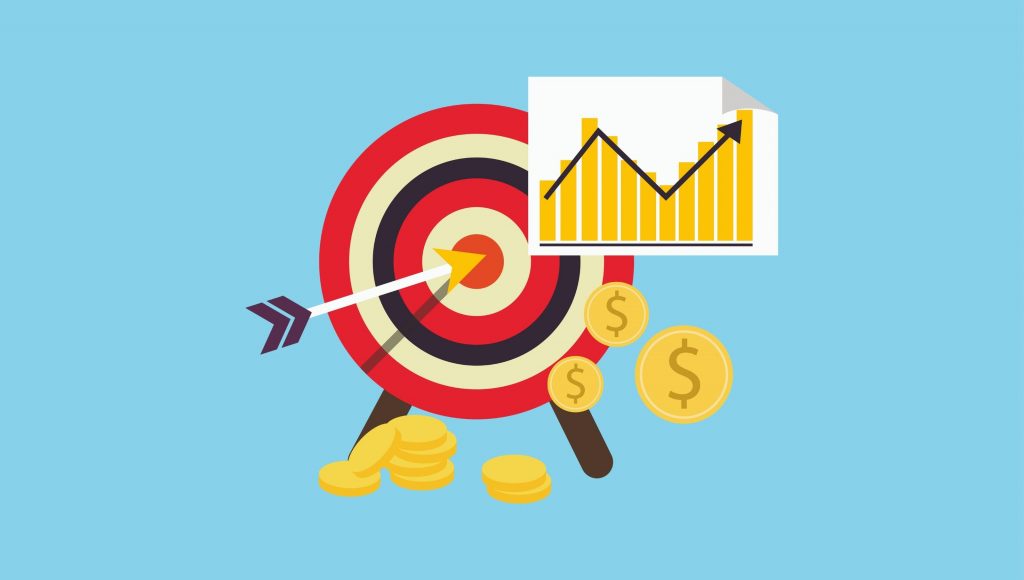
It is important that a target market be well-defined to ensure that resources are used wisely and efficiently. A company must consider the target audience’s needs, wants, and motivations when developing its marketing strategy in order to effectively target them. Once identified, target markets can also be segmented into smaller groups for more targeted strategies. By understanding and leveraging target market insights, businesses can optimize their approach and maximize their success.
The key to successful target marketing is research—gathering data about the target market’s demographics, behaviors, interests, motivations, and more—to inform decisions about where to focus efforts in producing content, delivering messages through advertising or other channels of communication, as well as what products or services should be offered.
By understanding target markets, companies can develop effective strategies for reaching and engaging their target audiences. With this knowledge, businesses can ensure that customers are receiving the most relevant content or offer to help maximize the chances of conversion. Ultimately, target market research helps companies better understand their target customers and deliver value in a way that resonates with them.
What is “Target Market Segmentation”?
Target market segmentation is the process of dividing a larger target market into smaller, more homogeneous groups of consumers with similar needs or characteristics. The goal of market segmentation is to identify high-yield segments—that is, those segments that are likely to be the most profitable or that have growth potential—and then develop targeted products and marketing programs to meet the specific needs and preferences of those segments.
This allows companies to be more efficient and effective in their marketing efforts, as they can tailor their messages and offerings to specific groups of consumers who are most likely to respond positively. Market segmentation can be based on various factors, such as the demographic, geographic, psychographic, and behavioral characteristics of consumers.
How to define your target market?
When it comes to defining your target customer base, intuitive guesses and blind hope won’t get you very far. Success is dependent on delving deeply into what differentiates your offerings from the competition and learning everything you can about potential customers or those who have already made purchases. To put yourself in a strong position with customers, you need to conduct comprehensive research on your products and services, market trends, and more!
Here are six steps to determining the target market:
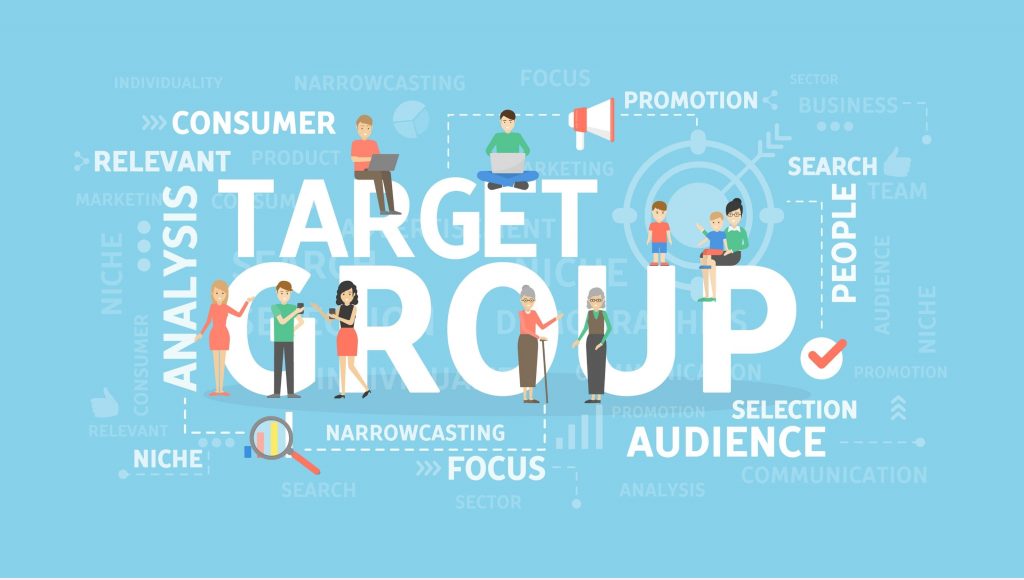
-
Define what you want your target market to be.
Identifying a target market is an essential part of any successful marketing plan. Knowing who you want to reach with your product or service will help you create more effective and targeted campaigns that will bring in higher sales and a better ROI.
When thinking about defining your target market, consider the following questions: What demographic are you trying to reach? What problem are they having that your product can solve? Who is likely to make a purchase? Where do they live? How much money do they have to spend on your product or service?
It’s important to be specific when determining who you want as your target audience; for example, if you sell backpacks, it might not be beneficial for you to try and target people of all ages. Instead, you could narrow it down to just college students or younger children.
More importantly, take into account their behaviors and interests, for example, consider the type of content they consume on social media and what kind of lifestyle they lead. By better understanding who your target market is, you can then better create marketing messages that will resonate with them and reach them more effectively.
Ultimately, having a targeted audience will make it easier for you to reach your goals while also helping you save money in the long run. Defining your target market should be one of the first steps when creating any marketing strategy.
-
Research your current and potential customers.
When it comes to determining the right target market for your product or service, it is essential to conduct research on both current and potential customers. Understanding who your target audience is can help you make better decisions about how to market your product or service.
Start by gathering information on your existing customer base. What are their demographics? What do they like and dislike about your product or service? Who are their influencers? Knowing this data can help you refine your messaging and create a more targeted approach when it comes to reaching new audiences.
Similarly, researching potential customers can help you identify opportunities in untapped markets. To gain insights into these groups, pay attention to sources such as social media trends, industry reports, surveys, etc.
Finally, to ensure that you are targeting the right audience, consider conducting A/B testing to see which messages resonate with different groups. This will help you hone in on what works best for each segment and fine-tune your approach over time. Ultimately, understanding the needs and preferences of your current and potential customers is essential for creating a successful marketing strategy. By doing this research, you can make sure that your message reaches the right people at the right time.
-
Analyze your competition.
When determining your target market, it is important to analyze your competition. By doing so, you gain insight into what strategies are successful and what may be missing from the market. Researching competitors can provide invaluable information on trends in customer preferences, pricing strategies, product features, and availability, as well as other marketing tactics.
Understanding what works for them can help inform how you position yourself in the marketplace. Analyzing competitor performance can also provide ideas for differentiating your offering and making it stand out from the crowd. Ultimately, understanding the competitive landscape allows companies to develop effective strategies that attract customers and increase their market share.
However, while studying competition is crucial for success in any industry, it’s important to remember that there is always room for innovation. The key is to find a balance between studying what works and striving for something new. By leveraging existing insights and building on them, companies can create value and stand out from the competition. As such, researching competitors should be used as one of many inputs when determining your target market.
Ultimately, it’s important to remember that the customer is at the center of any successful strategy. It’s not enough to just know who you’re competing against—you must also understand your customers’ needs and wants in order to provide the best solution possible. Analyzing competitors help inform strategies that will resonate with potential buyers, but ultimately, it’s up to companies to take these learnings and use them to create something special that will truly stand out in the market.
By understanding both the competitive landscape and customer preferences, companies can develop successful strategies to attract customers and increase their market share. With the right target market identified, they can then focus on creating value through innovation that resonates with customers and sets them apart from the competition.
-
Determine what you have to offer that’s different from everyone else.
Once you’ve identified what makes your product or service unique, it’s time to determine who needs and wants it. Your target market should have an unmet need that your product or service can fulfill. Consider characteristics such as age, gender, location, and income level when researching potential customers. You can also use demographic research tools and surveys to gain insight into their buying behavior.
Once you’ve determined who your target market is, tailor your marketing efforts to speak directly to them. Create content that speaks to the needs of this specific audience and use creative strategies like segmenting emails by demographic groups so that each customer receives relevant messages tailored specifically for them. By doing this, you will be able to more effectively reach and engage with the people you are trying to target.
By understanding your target market and creating content that speaks directly to them, you will be able to get the most out of your marketing efforts and ensure that your message resonates with the right people. It’s important to remember that while it can take time to research and identify who your target market is, this is a critical step in creating successful campaigns that lead to increased sales and customer loyalty. When done correctly, researching your target market can help foster strong relationships with customers for years to come.
-
Create a buyer persona or customer profile.
When it comes to determining the target market, you need to create a buyer persona or customer profile. This is important because it will help you understand who your customers are and what motivates them. By creating a buyer persona, you can tailor your marketing campaigns and messaging to match their needs and interests. Additionally, by better understanding your target audience, you will be able to develop more effective content that resonates with them.
Creating a buyer persona requires conducting research into the demographics of your ideal customer, such as age group, gender, location, etc., as well as exploring their motivations for buying from you. Understanding how they view the world and how they make decisions can also be helpful in this process. Gathering insights from existing customers is another great way to build an accurate buyer persona. With this information in hand, you can use it to craft content that is tailored to your target market’s needs, wants, and preferences. This will not only help you reach more customers but also increase the effectiveness of your marketing efforts.
-
Test and tweak your marketing strategy until it’s effective.
It’s important to determine who the target market is for your product or service. This will enable you to create a marketing strategy that meets the needs of this specific group. When creating your marketing strategy, it’s essential to test and tweak it until you find an approach that works best for your target audience. Experiment with different approaches, such as email campaigns, social media posts, content marketing strategies, etc., in order to make sure that your message resonates with the right people. While testing is key to finding success in any type of marketing activity, it is especially important when targeting a new audience or building awareness in an unfamiliar market.
Once you’ve identified the most effective techniques and tactics for reaching your target customer base, you can then adjust your marketing strategy accordingly. This will help you maximize your efforts and ensure that you are reaching the right people with your message. By testing, measuring, and refining your marketing strategy, you can be sure to create a successful approach that meets the needs of your target market.
The key takeaway is that when determining your target market, it’s essential to test different strategies in order to find what resonates best with this specific audience. Through continual testing, measuring, and tweaking of your marketing plan, you can ensure that you are connecting with the right people in an effective way. This will enable you to make the most of any resources spent on developing a marketing campaign, ultimately leading to greater success in reaching and converting potential customers.
Target market examples
Nike Target Market
Nike is well-known for its commitment to providing a high-quality product that caters to athletes and active people of all ages. The Nike target market consists of men, women, and children who are looking for comfortable and stylish apparel, footwear, or athletic equipment. They focus on creating products that help their customers reach their goals in sports and activities while also expressing personal style.
Nike offers a wide range of products designed to meet the needs of numerous different consumers. They specialize in running shoes with innovative cushioning systems as well as apparel designed specifically for yoga practitioners or tennis players. For those interested in making a statement with bold colors and designs, Nike has plenty to offer, such as the iconic Air Jordan line.
Takasa Target Market
Takasa is specifically designed for a niche market. It caters to people from all walks of life who are looking for an easy, efficient way to save money on everyday items. This includes students, families, freelance professionals, retirees, and everyone in between. Takasa’s unique features help users find the best deals on the products they need and make savings quickly. With its simple interface, it is easy for anyone to use and understand.
In addition, Takasa offers loyalty rewards that can be redeemed for discounts or cashback when purchasing products through its platform. These benefits give customers another incentive to shop with Takasa and build loyalty over time. By providing these services tailored to meet the needs of their target market, Takasa has become a popular choice for those looking to save money on everyday items.
The City of Port Alberni’s Target Market
The City of Port Alberni is located on the traditional territory of the Tseshaht, Hupacasath, and Huu-ay-at First Nations. This small city is located in a rural area along the east coast of Vancouver Island, making it an ideal destination for those looking to get away from the hustle and bustle of urban life. The city has become well-known as a fishing hotspot, with a number of recreational opportunities available in and around the region’s numerous lakes, rivers, and streams. It also boasts stunning mountain vistas that have made it popular among hikers, campers, and outdoor adventure seekers alike.
Due to its diverse offerings, Port Alberni has developed a wide and varied target market. While the city itself is relatively small, its appeal stretches across many age groups and lifestyles. From retirees looking for a place to relax in nature to young families looking for an affordable, outdoor-oriented lifestyle, Port Alberni has something for everyone. In addition, the city also caters to sports enthusiasts, with activities such as kayaking, fishing, mountain biking, and more available throughout the region.
The City of Port Alberni truly has something for everyone, which is why it continues to draw visitors from all over the world! Whether you’re looking for a peaceful getaway or an adventure-filled vacation spot, you’ll find that Port Alberni has everything you need. With its stunning landscapes, diverse offerings, and welcoming atmosphere, it’s no wonder that so many choose to make this charming city their home away from home!
Conclusion:
The primary takeaway from this exercise is that it’s important to understand the target market you are trying to reach. Taking the time to learn about your customers and their needs will help ensure that your product or service reaches the right people in a meaningful way. It can also provide valuable insights into how your business should be structured and what marketing strategies may work best.
Additionally, having a well-defined target market helps inform decisions related to pricing, positioning, branding, messaging, and more. Knowing who you are targeting with your product or service can make all the difference in achieving success.
In conclusion, taking the time to identify and understand your target market is an essential step in developing a successful business strategy. By doing so, you can increase your chances of reaching the right customers with the right message and positioning in order to maximize ROI. Knowing who you are targeting can also help you make better decisions when it comes to pricing, product development, and marketing tactics. Investing time upfront to determine who you are targeting will pay off in the long run.
